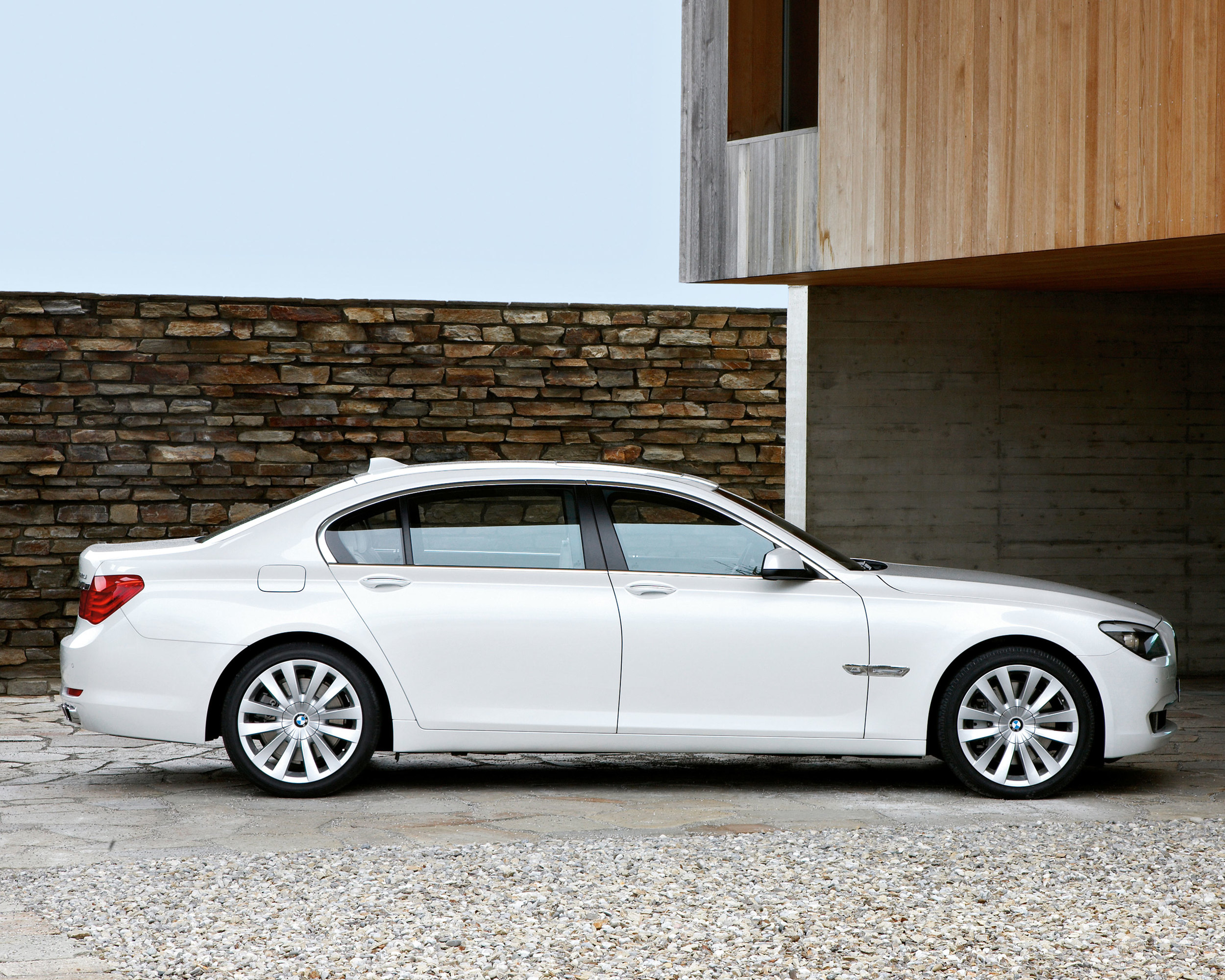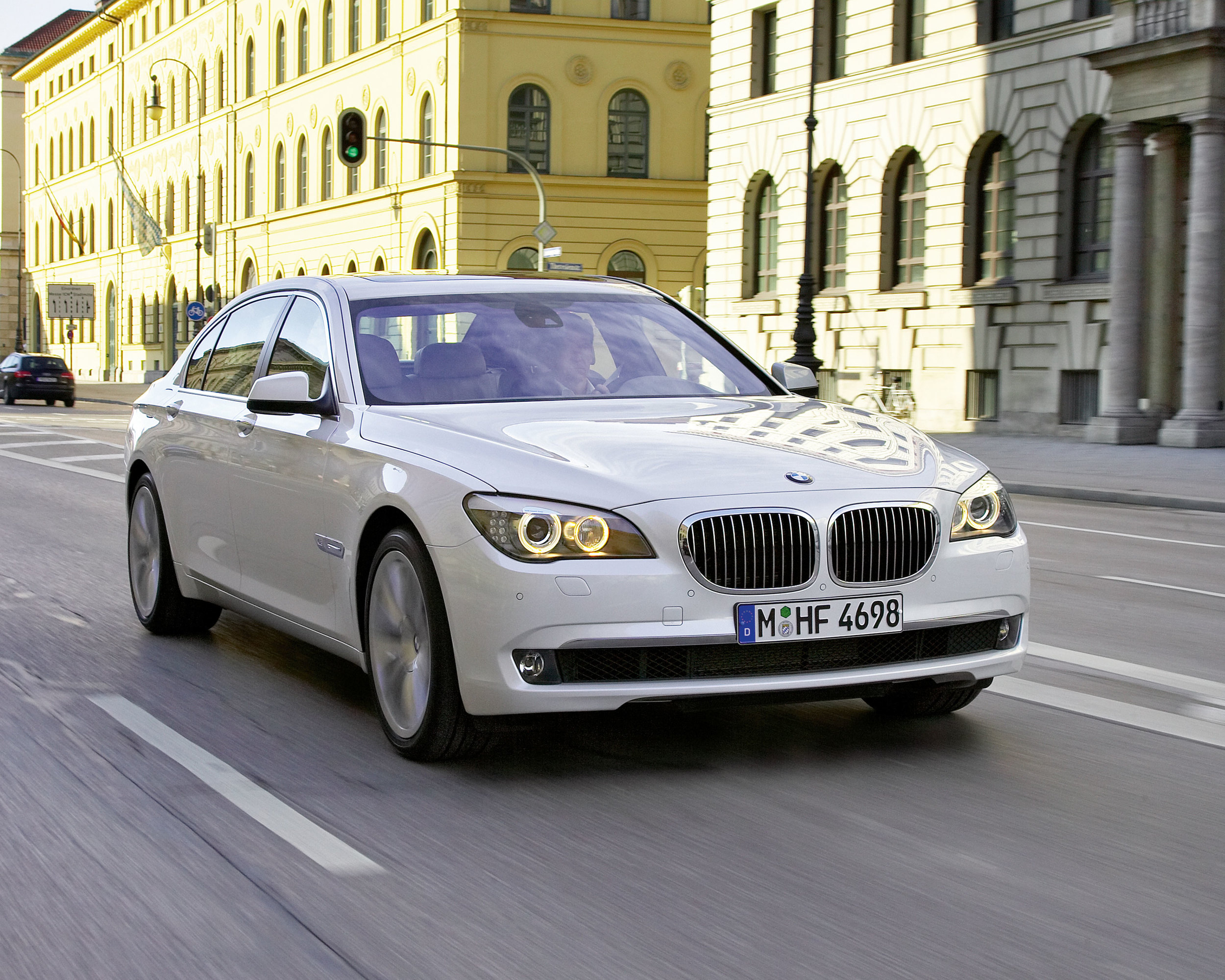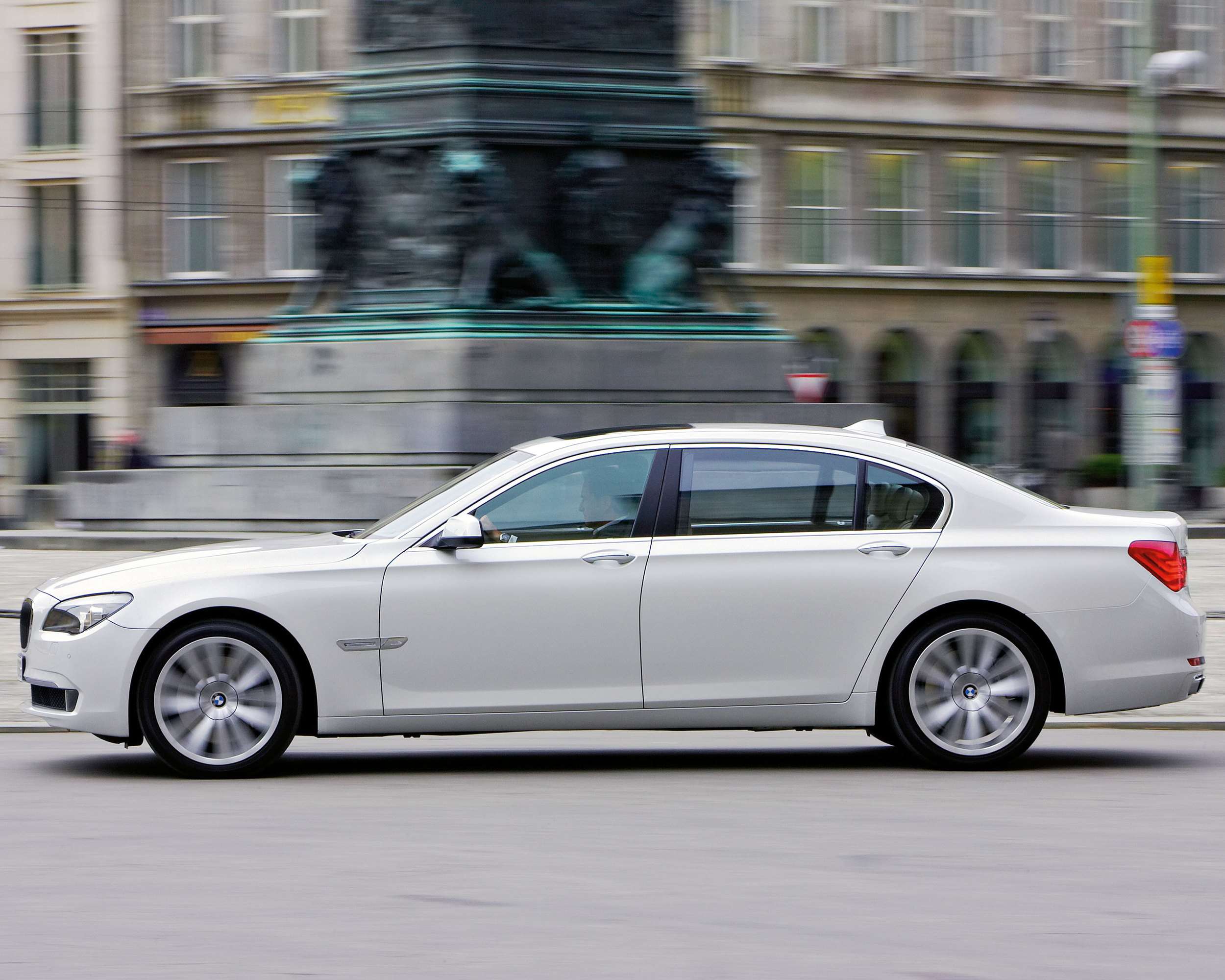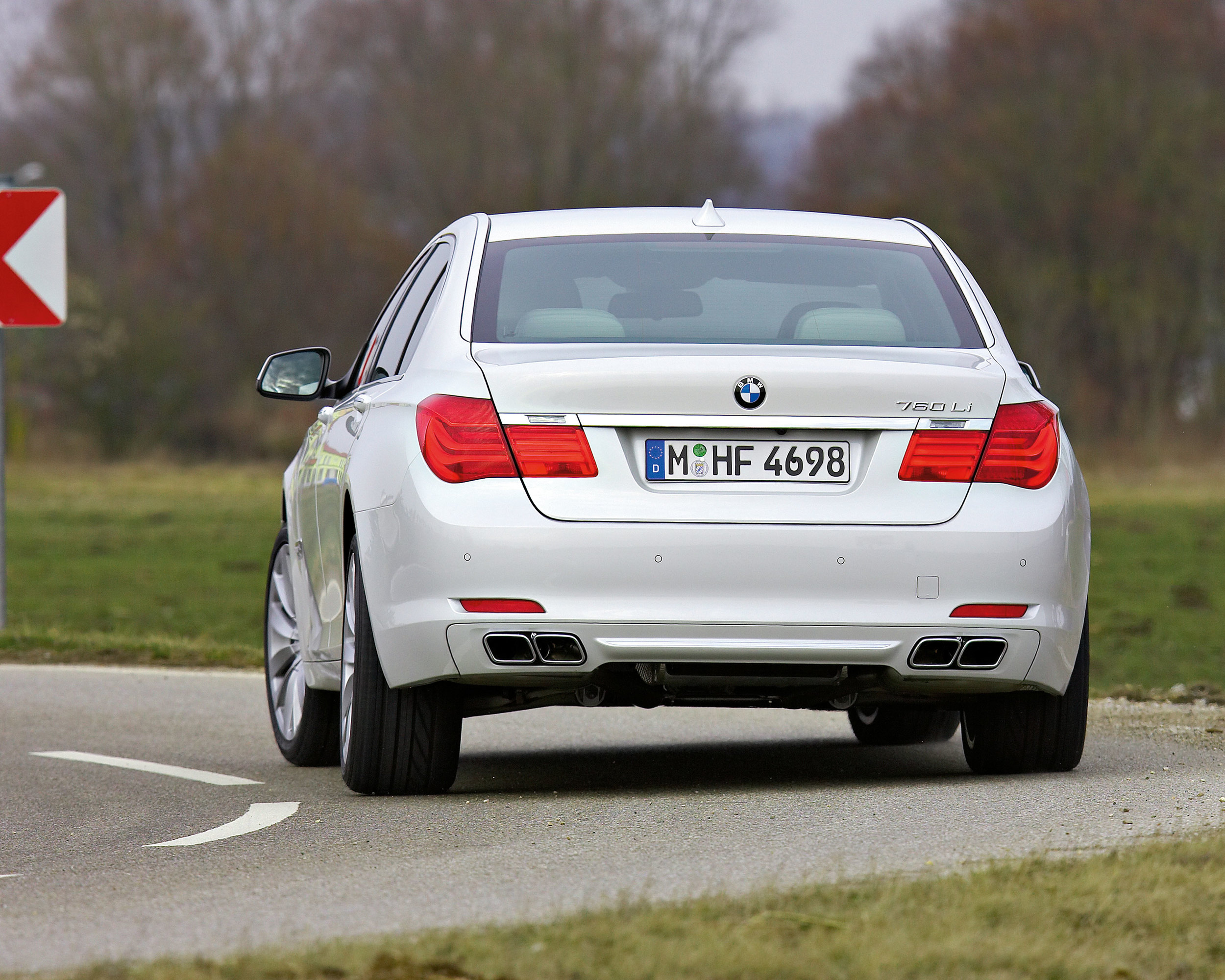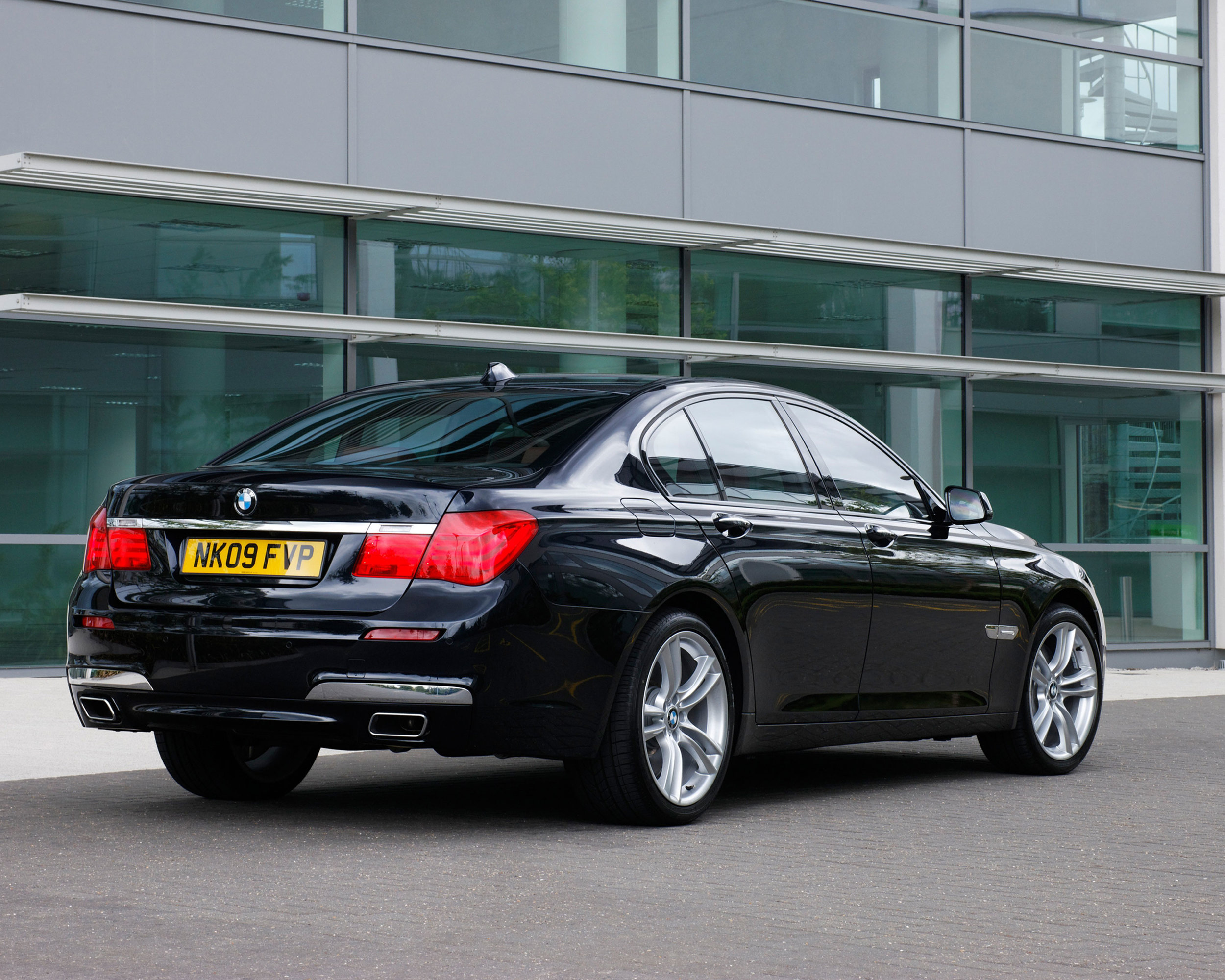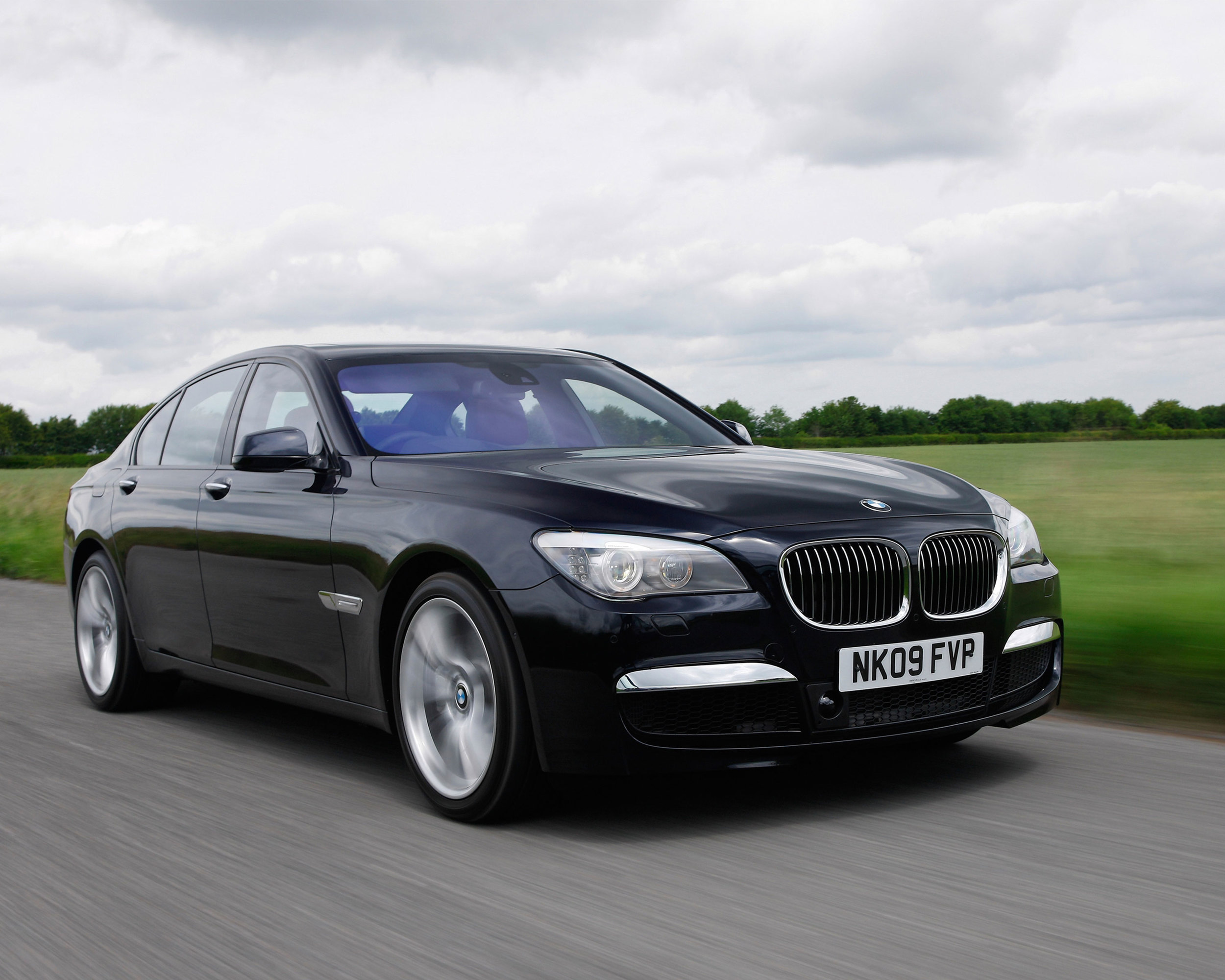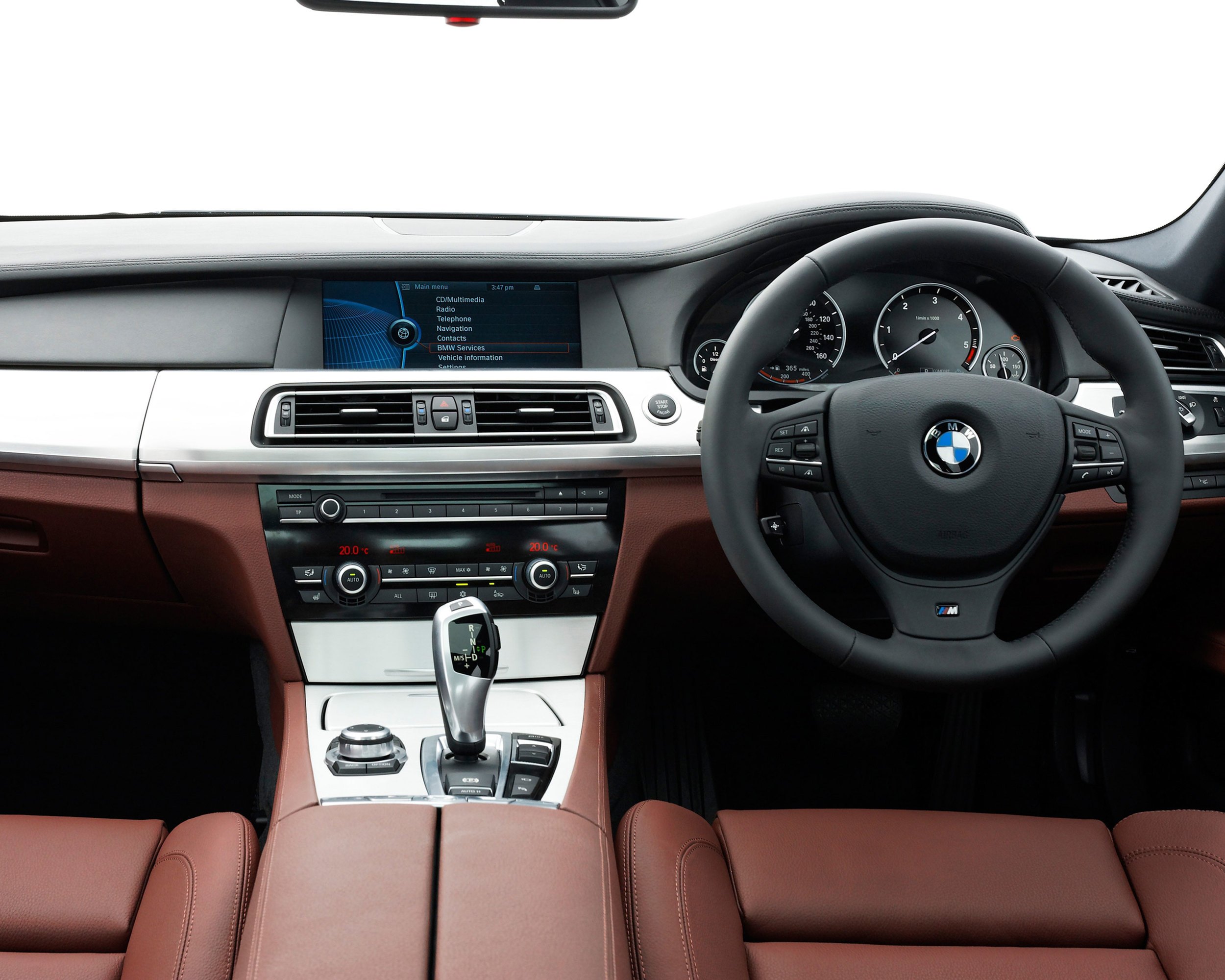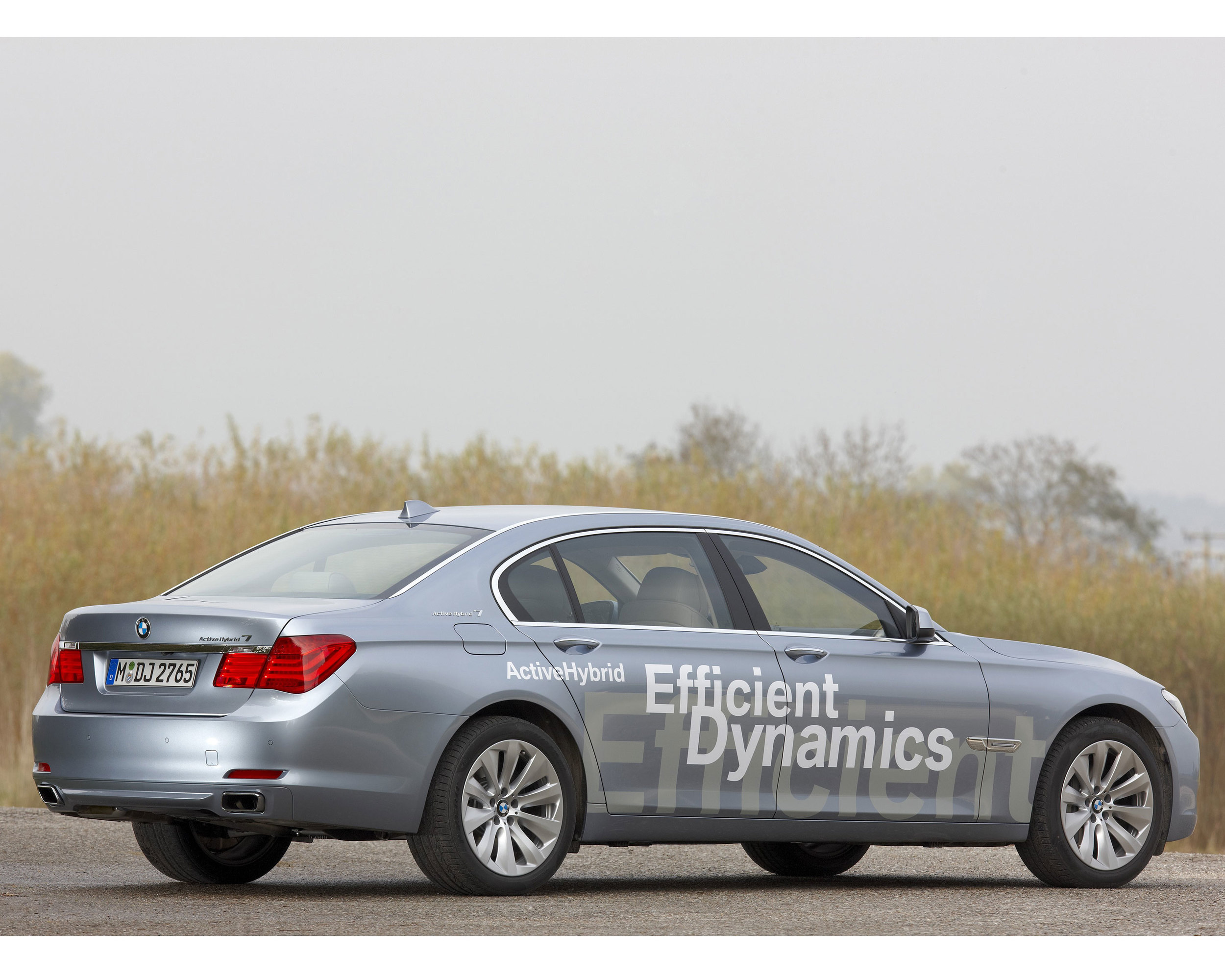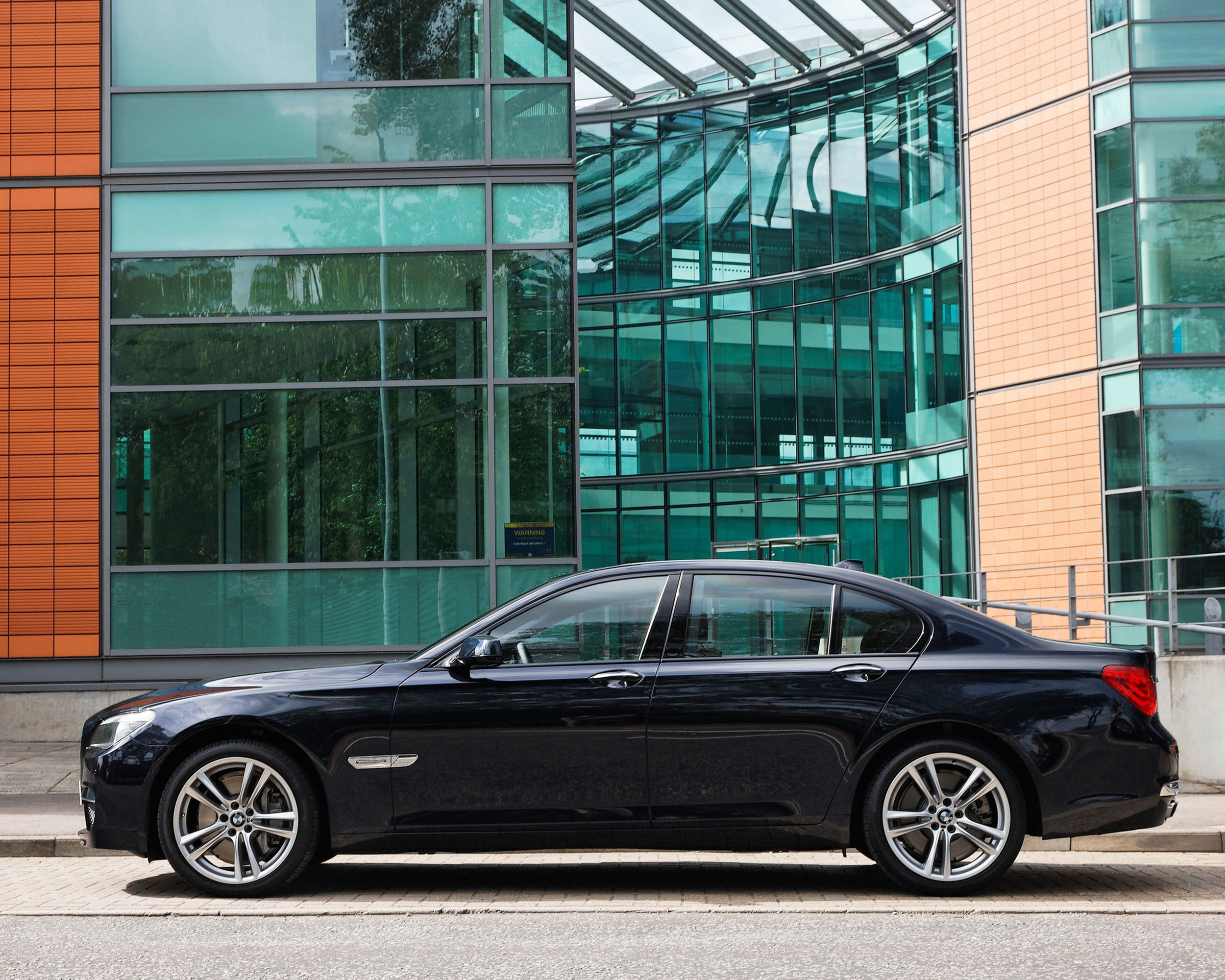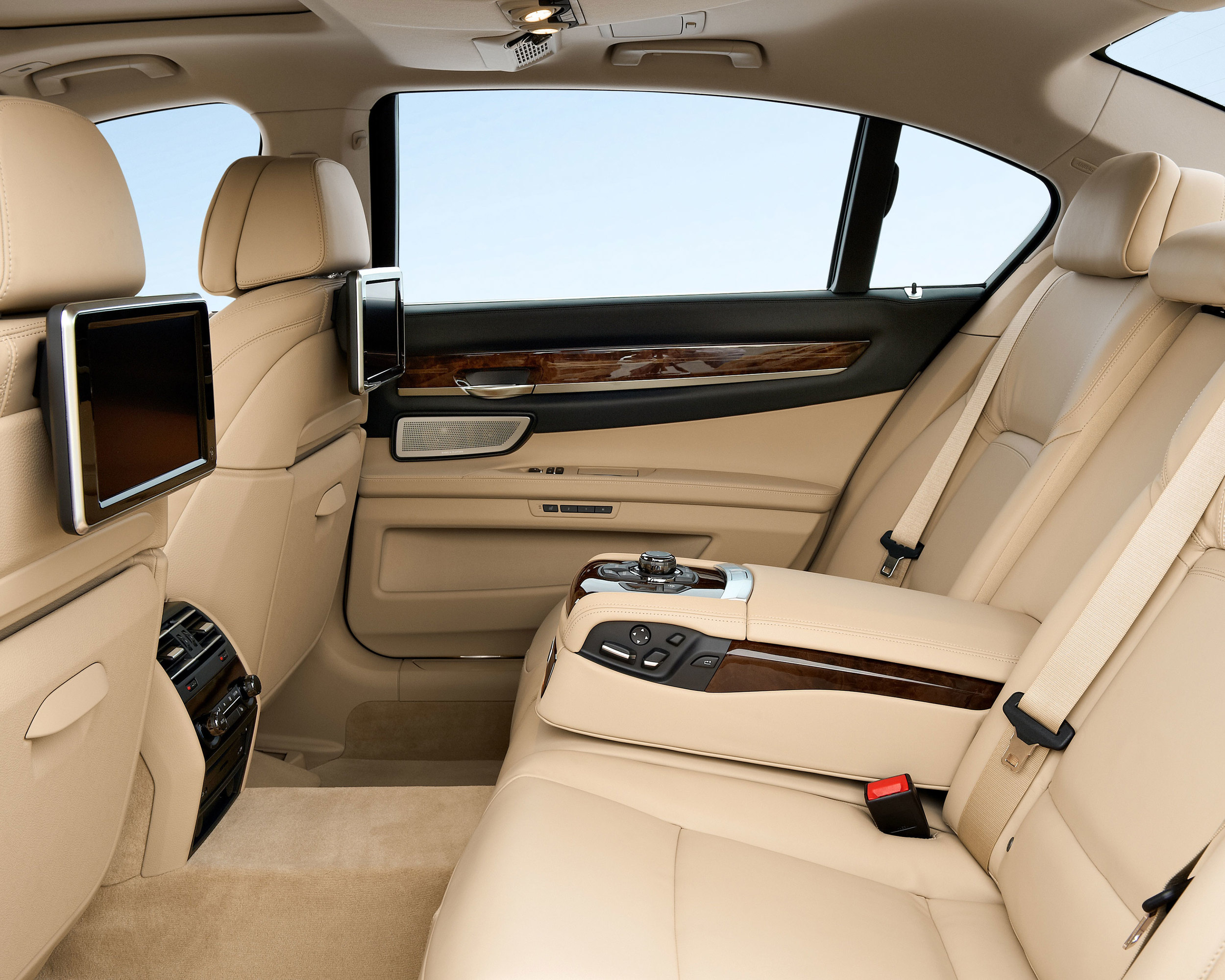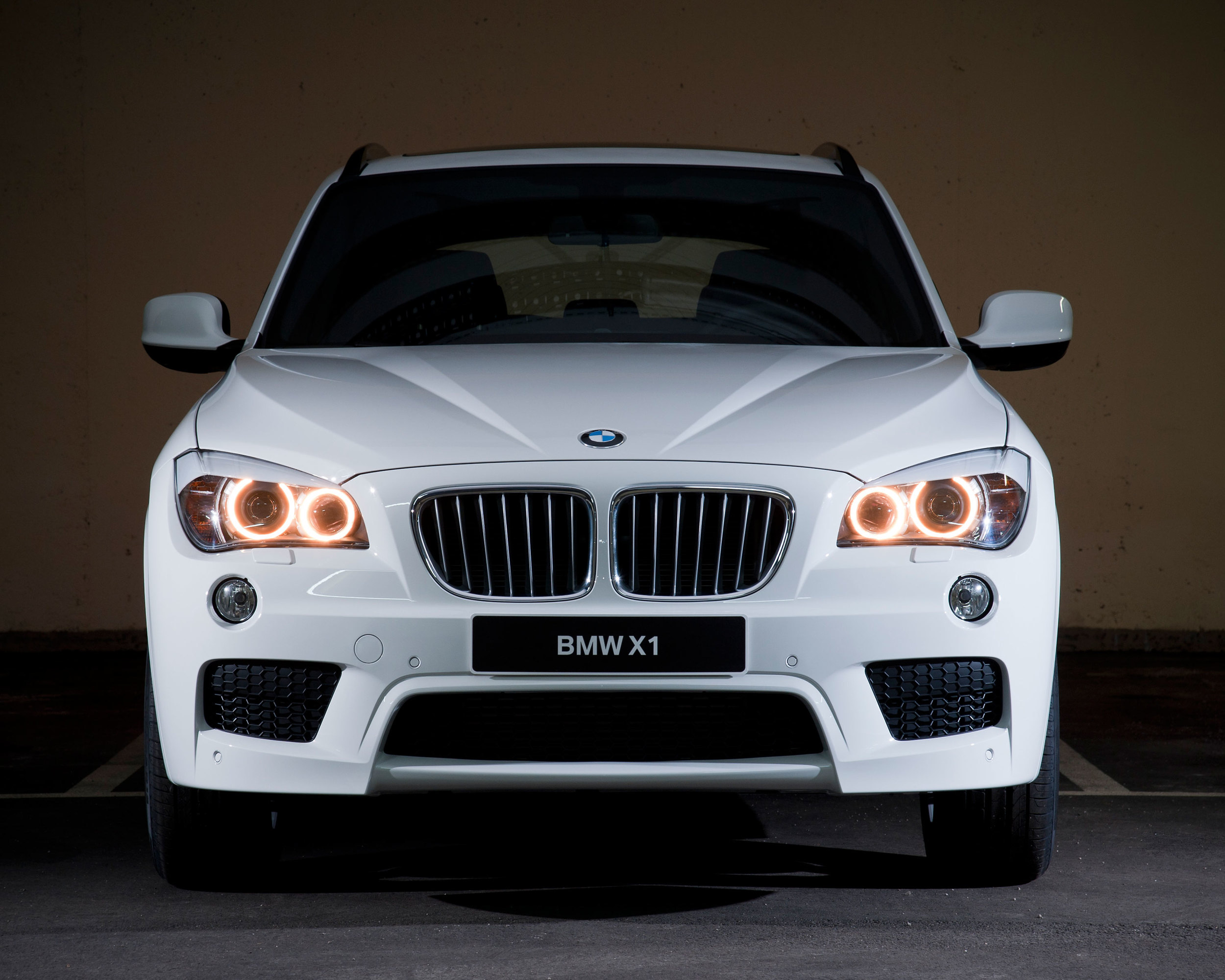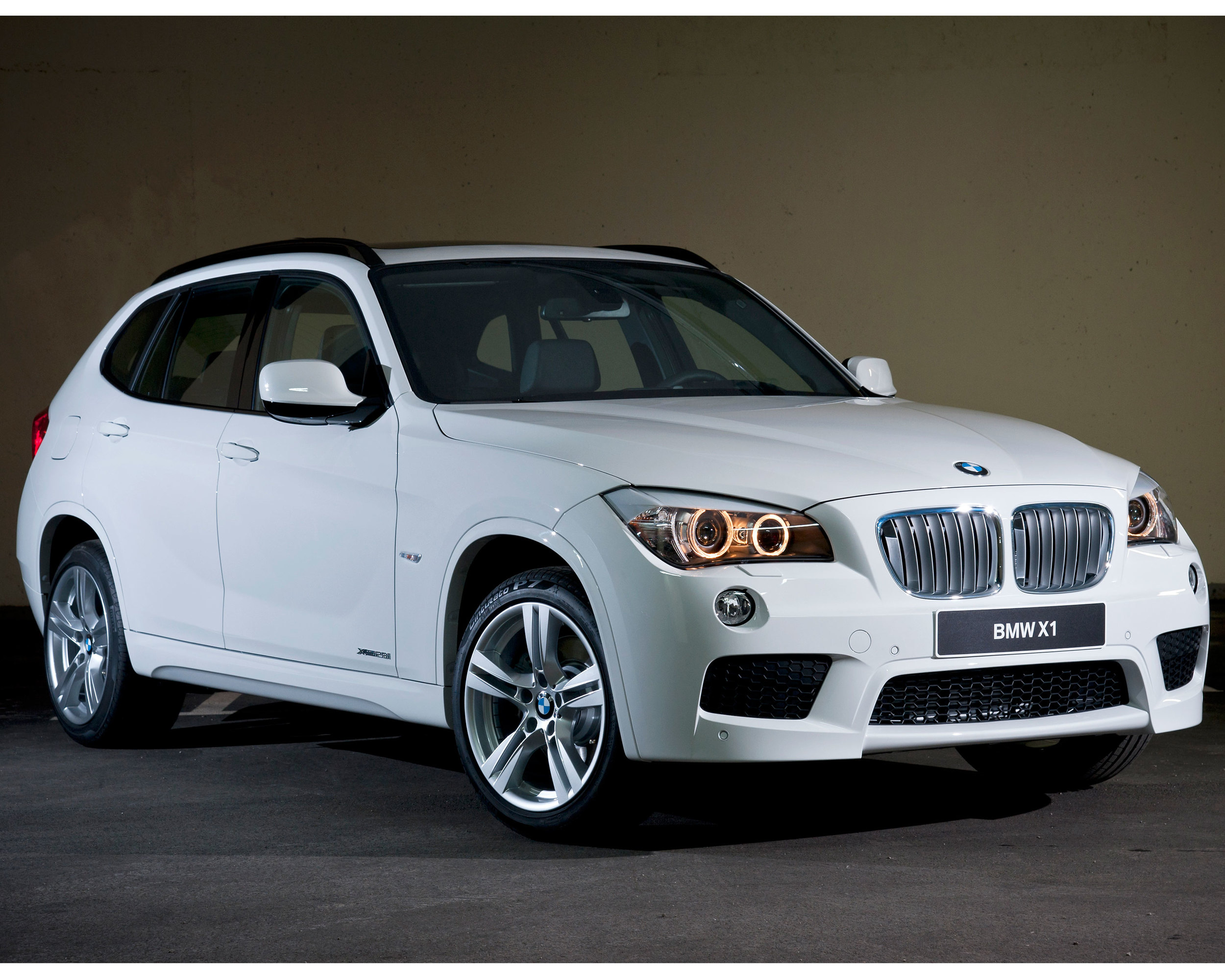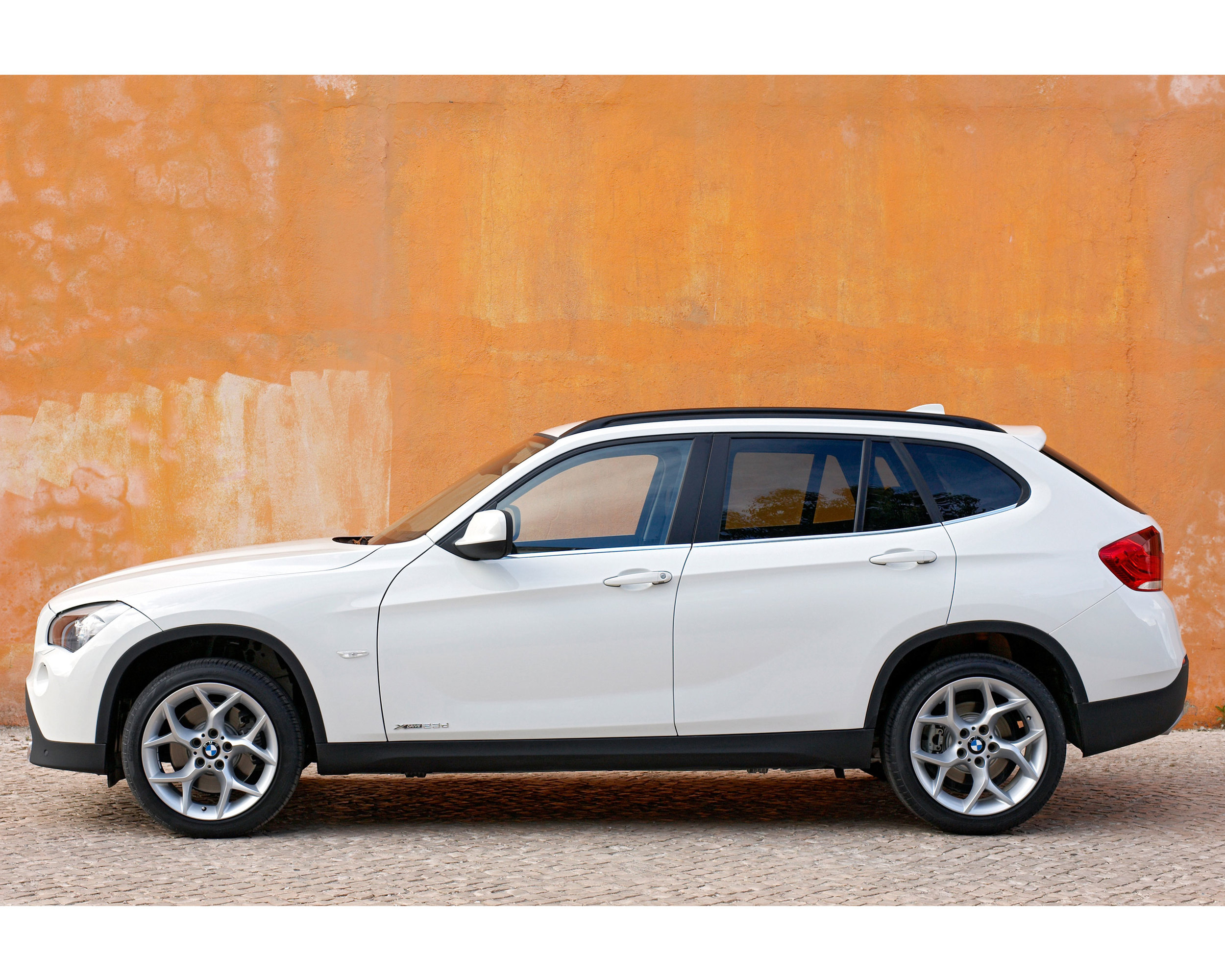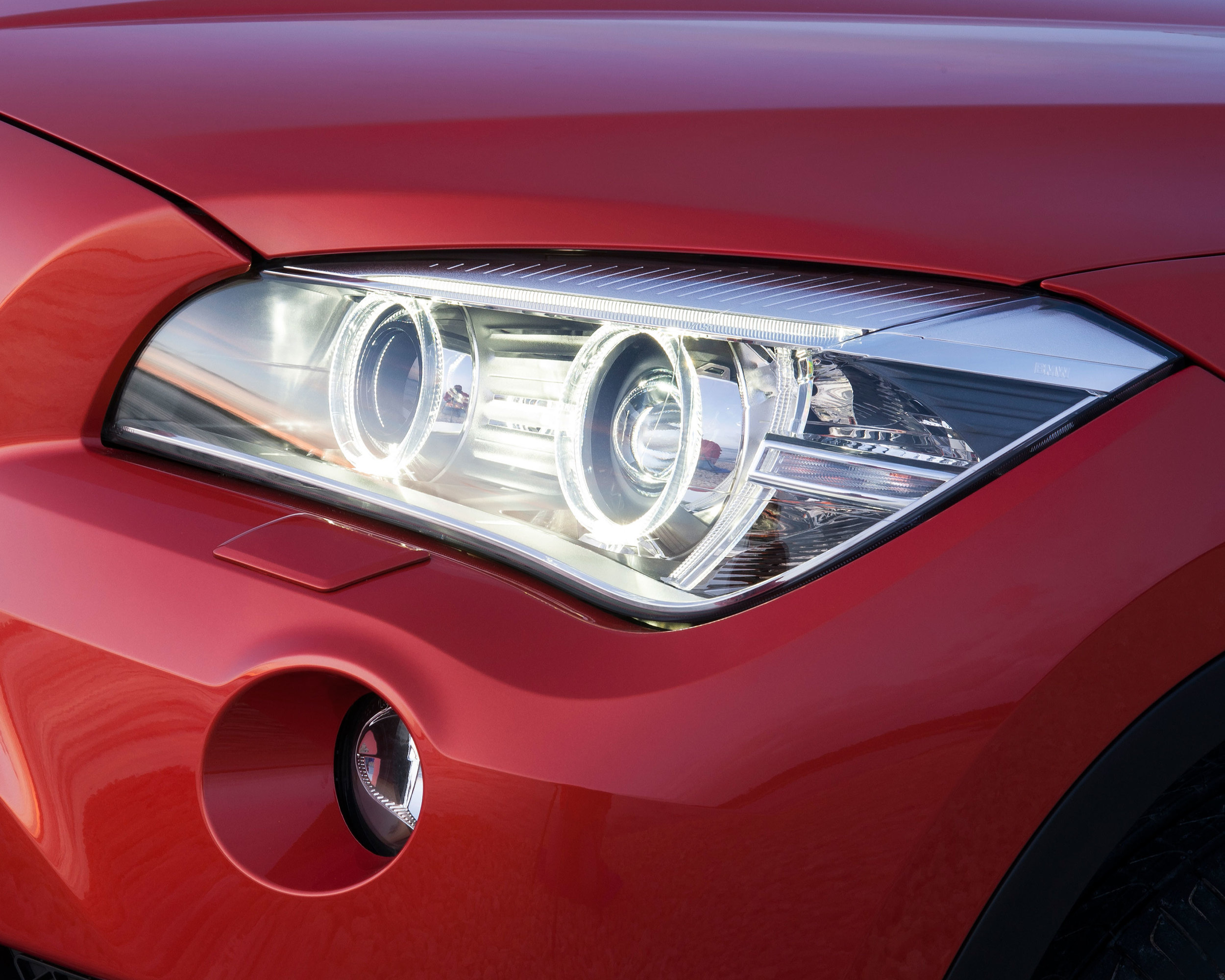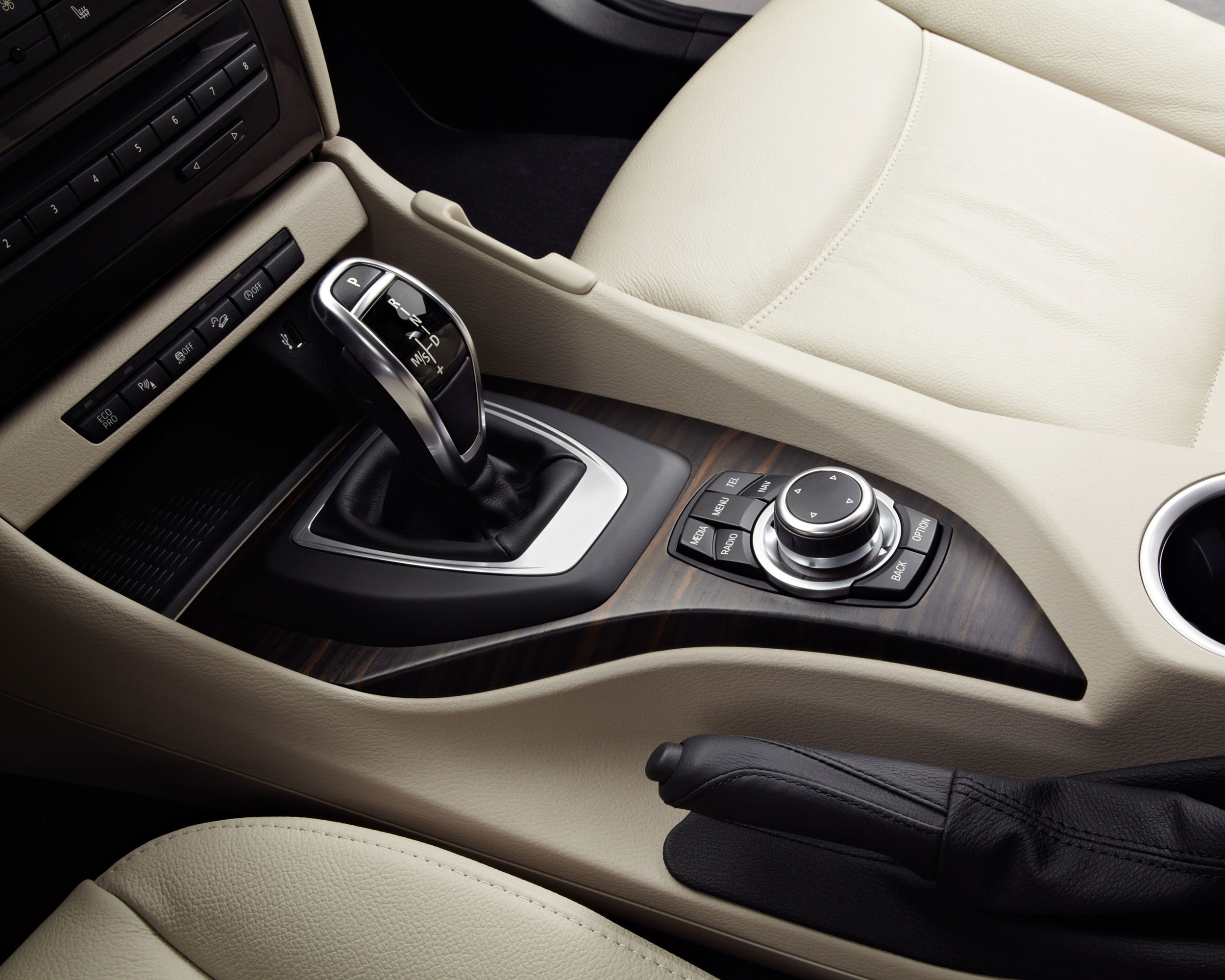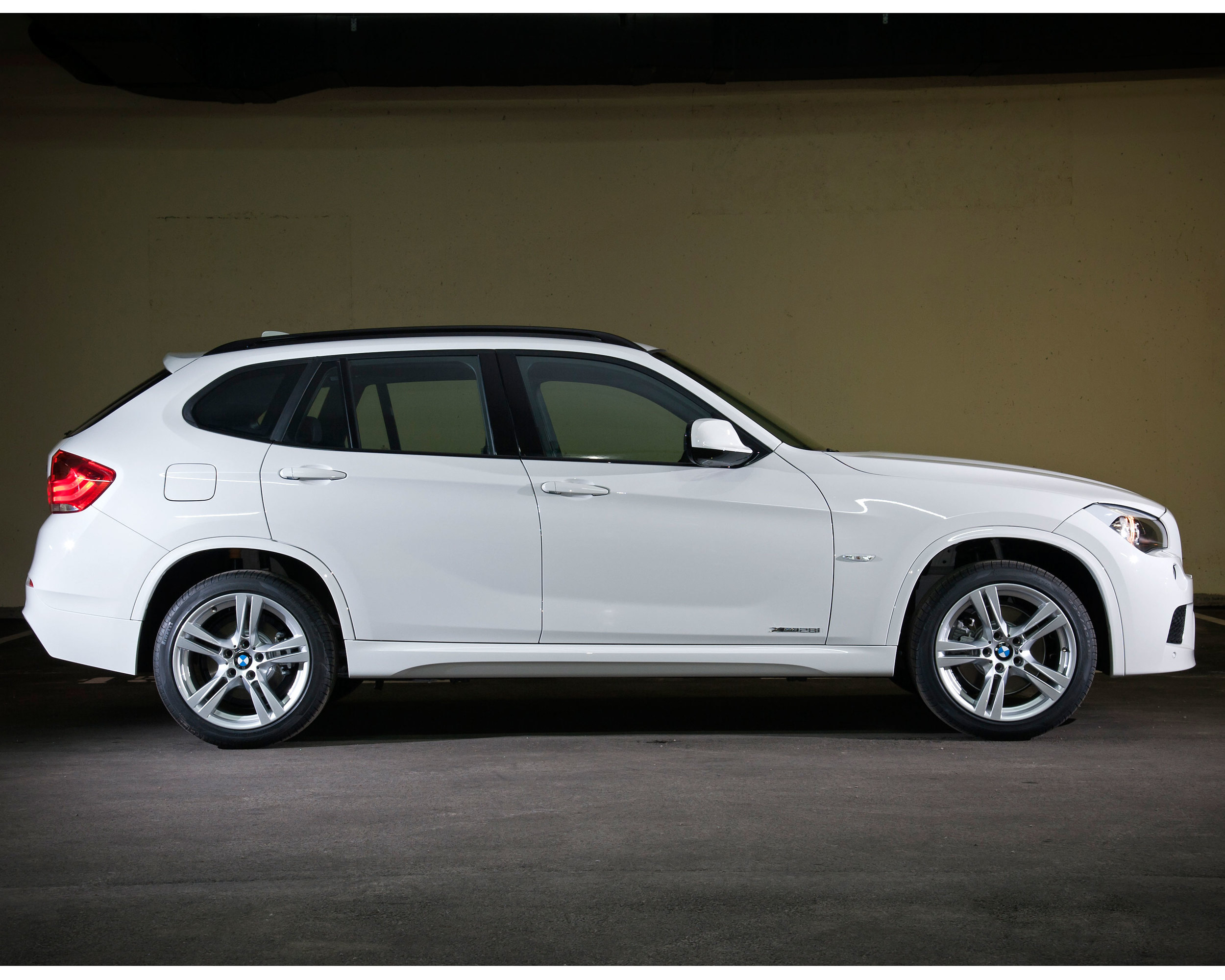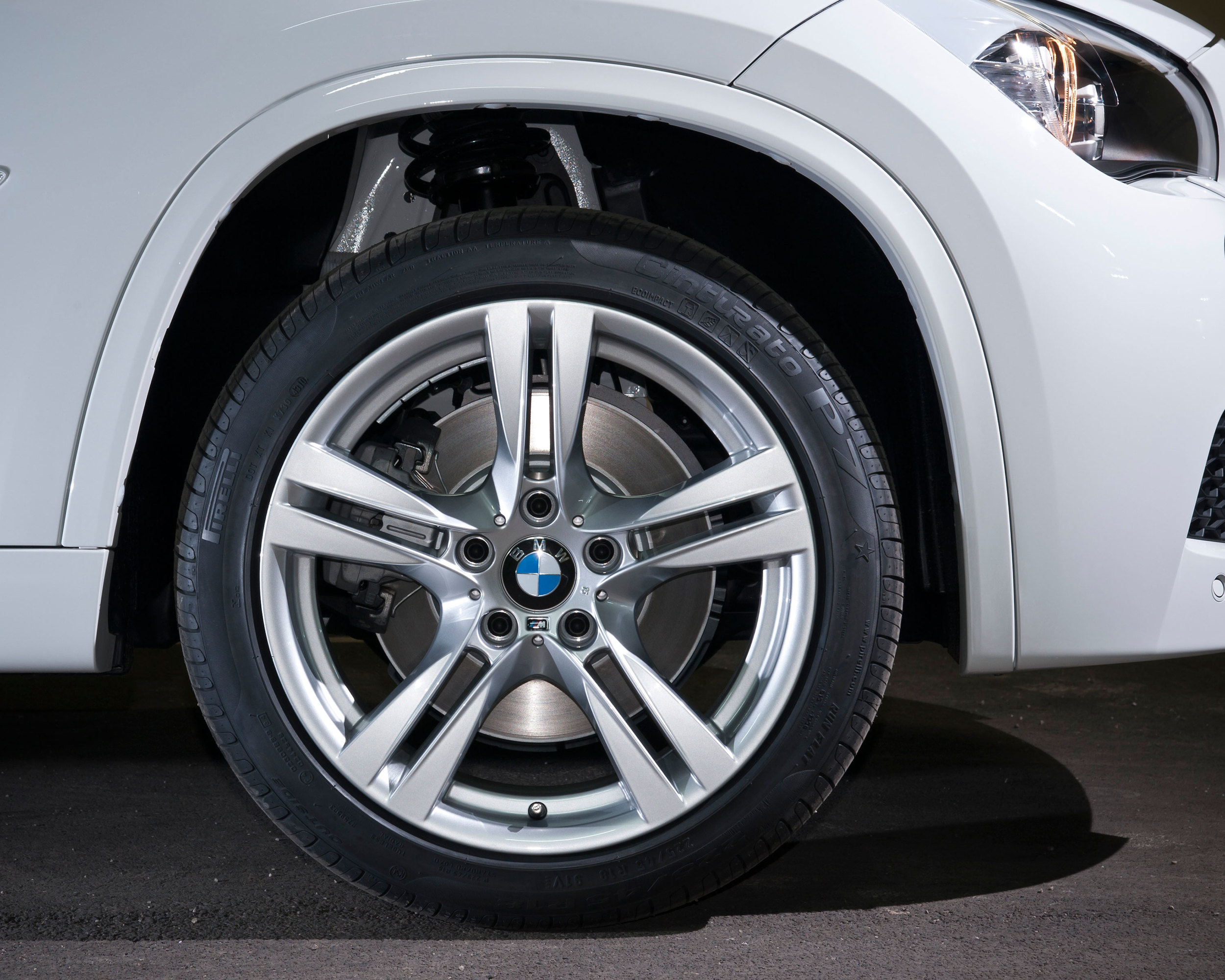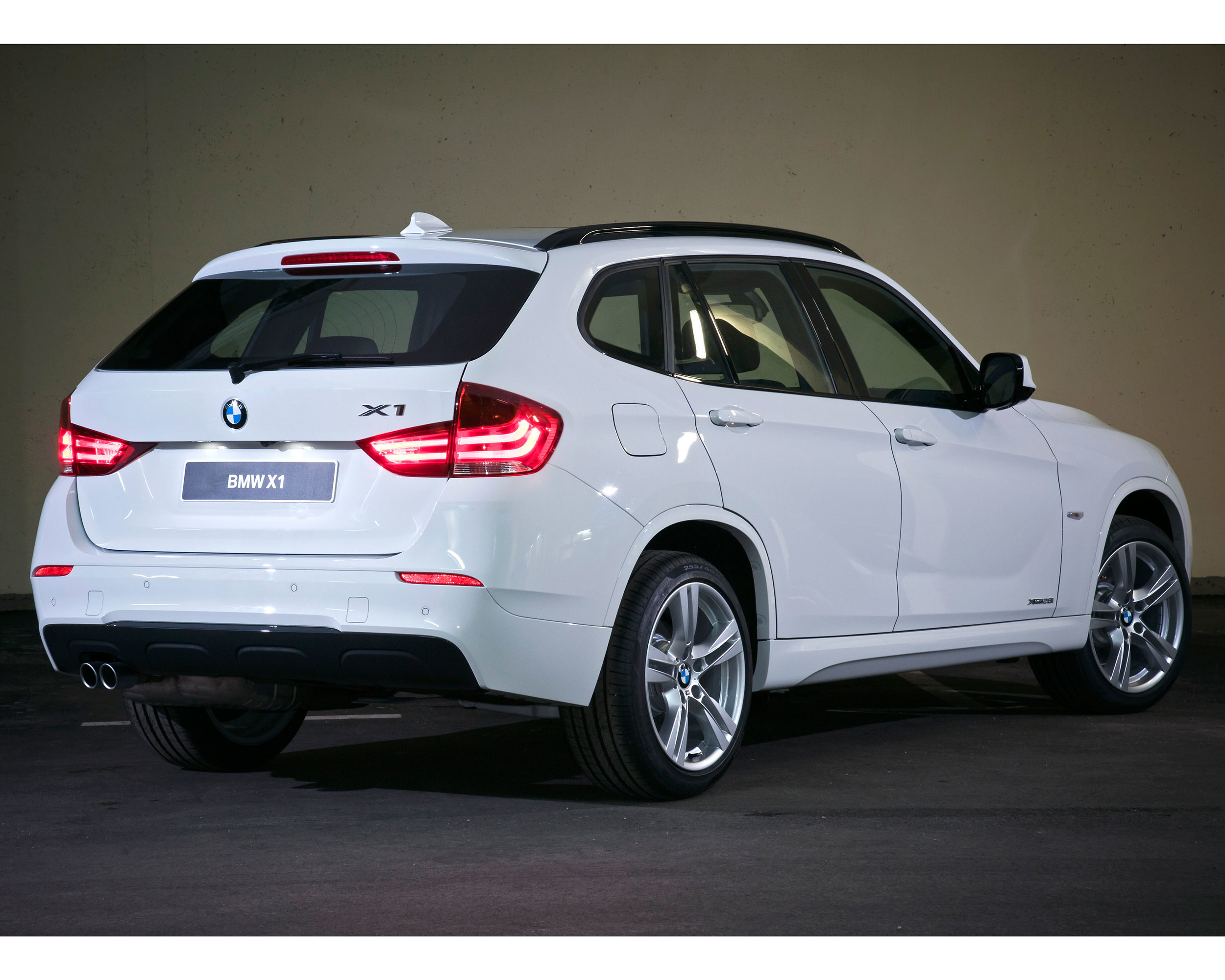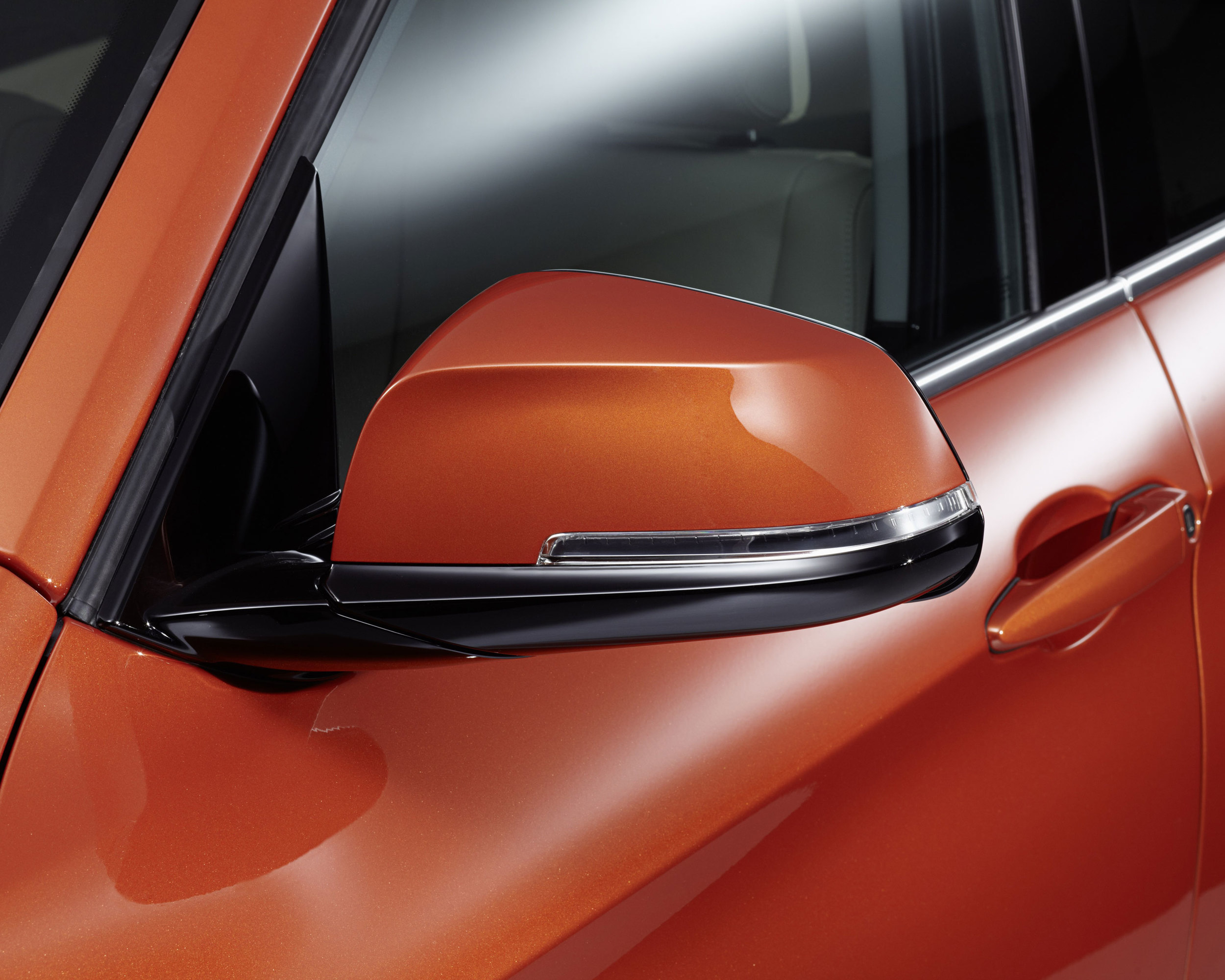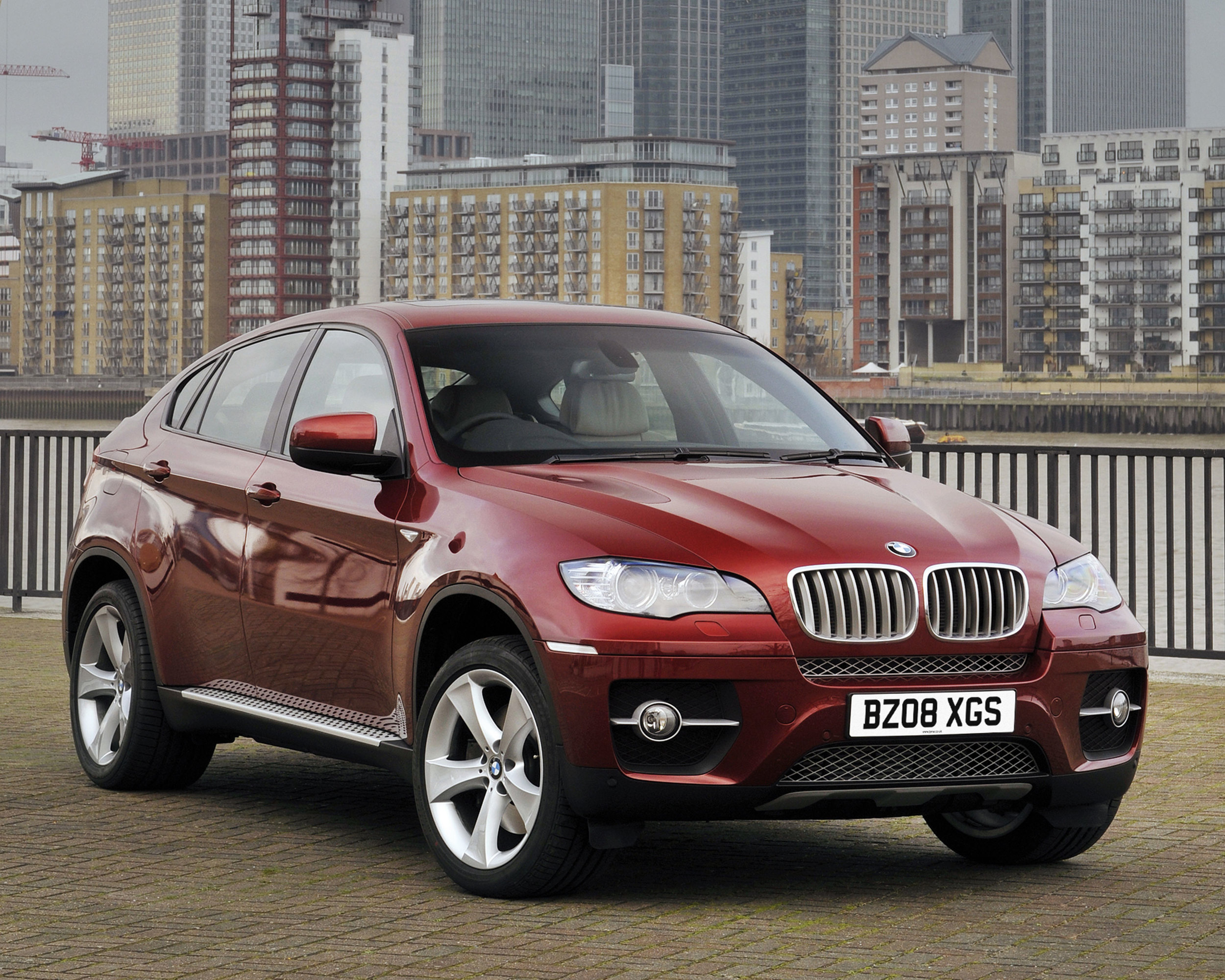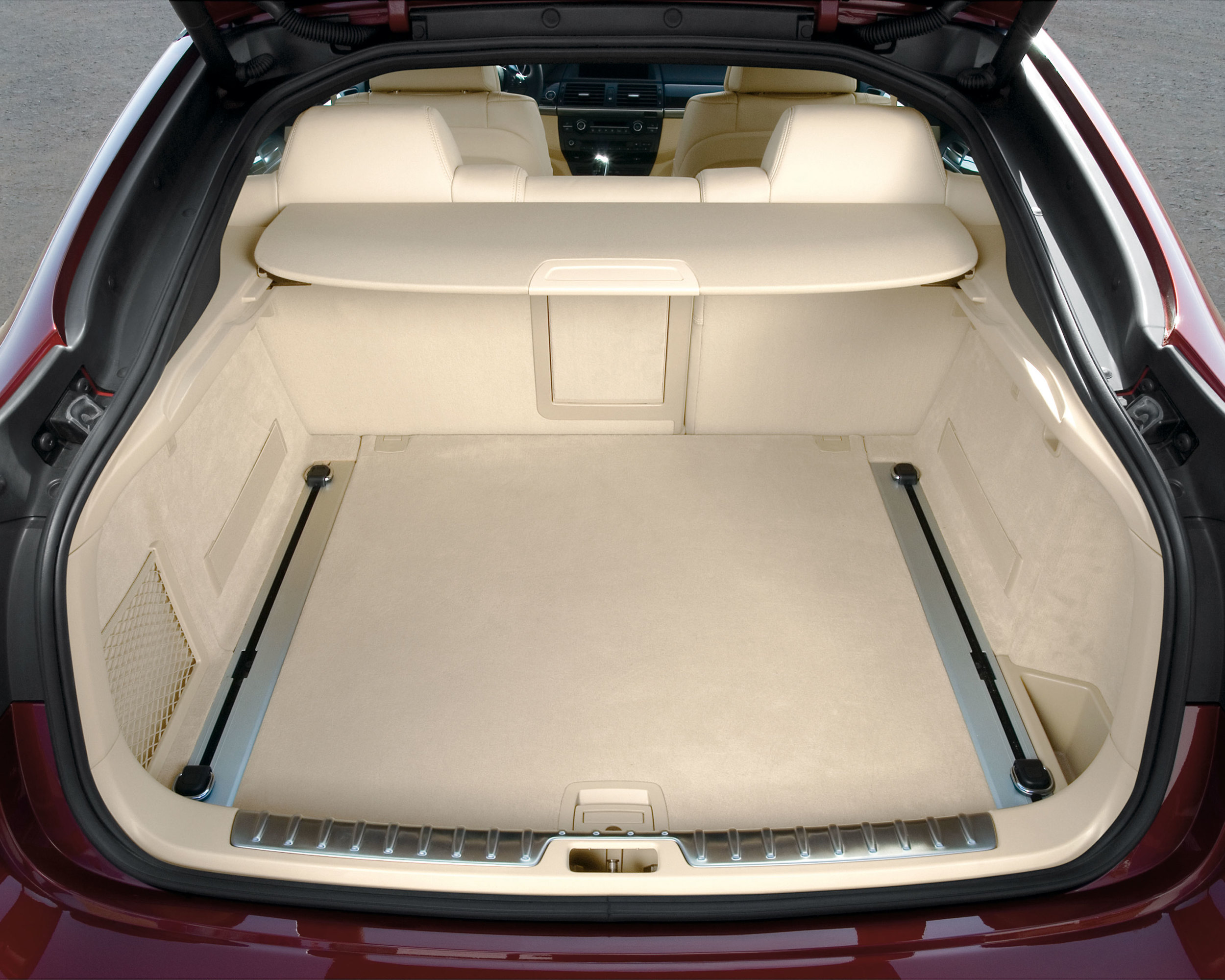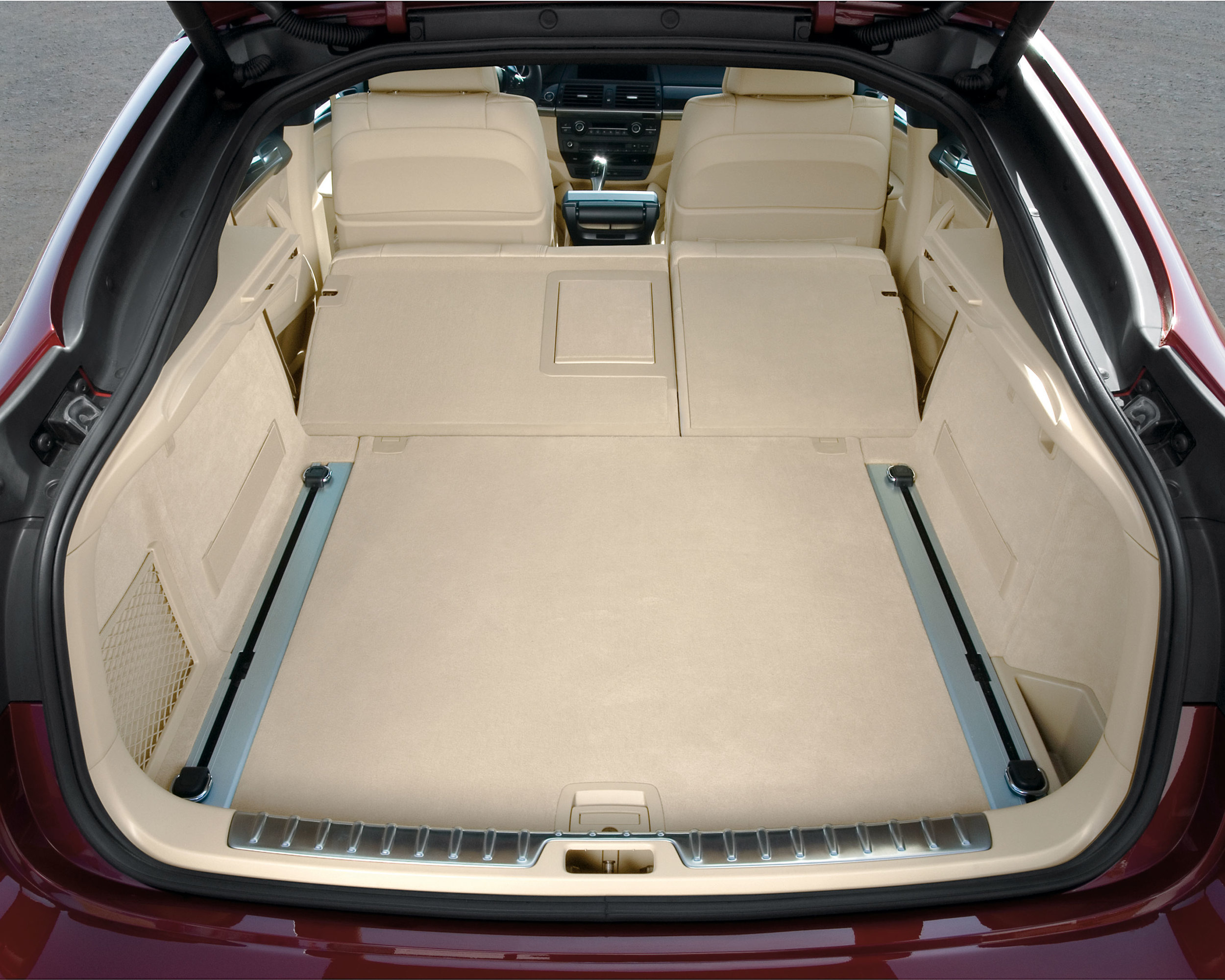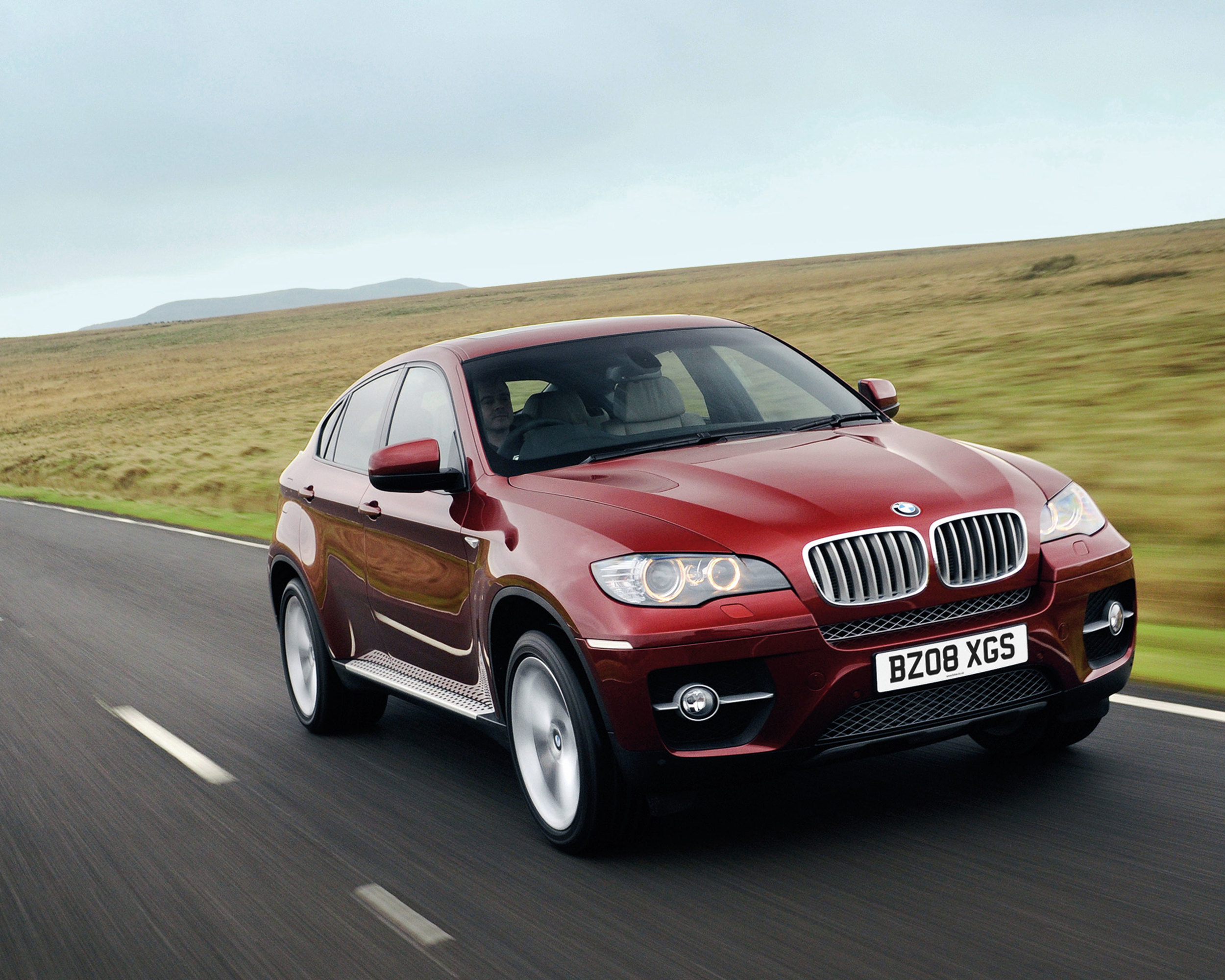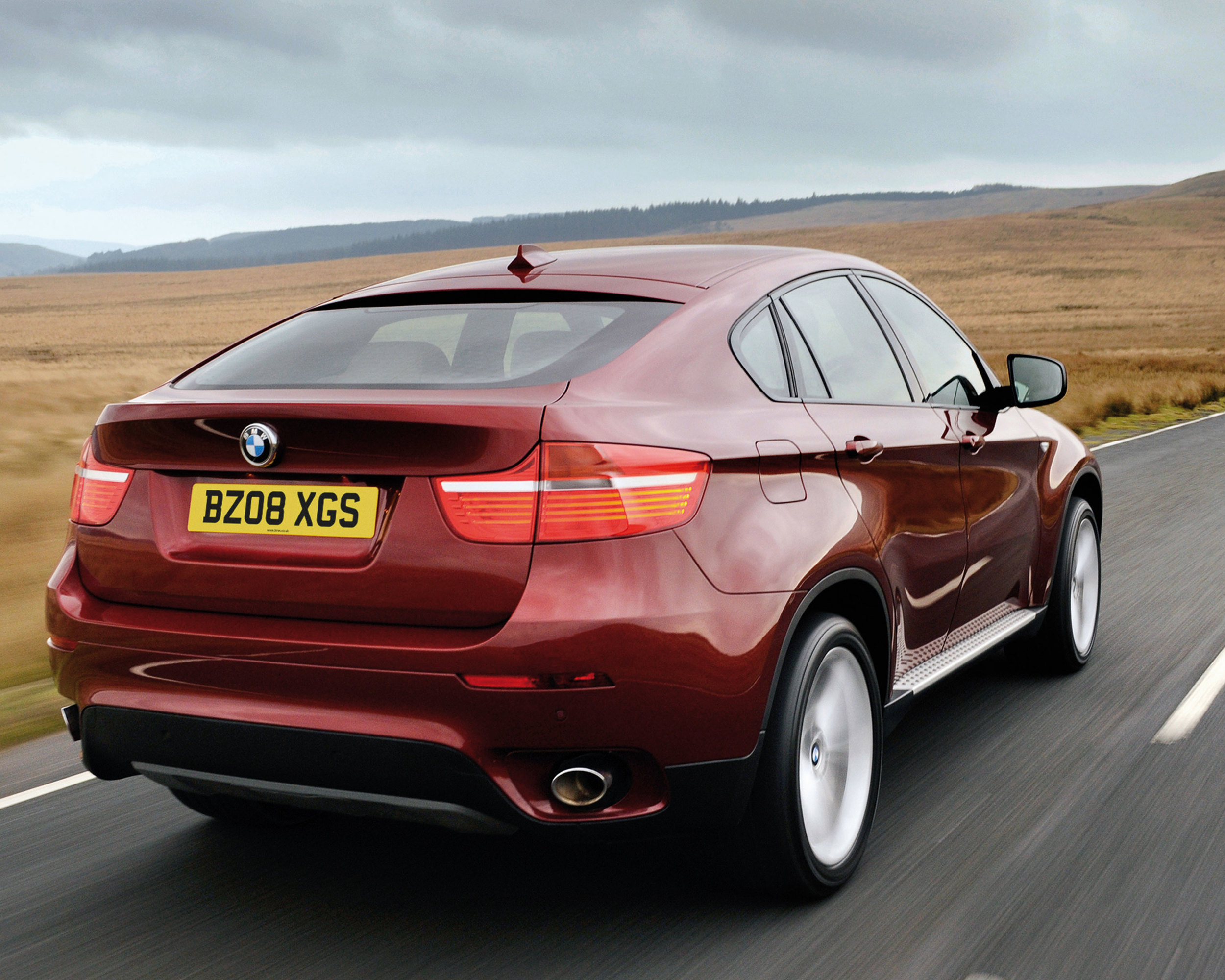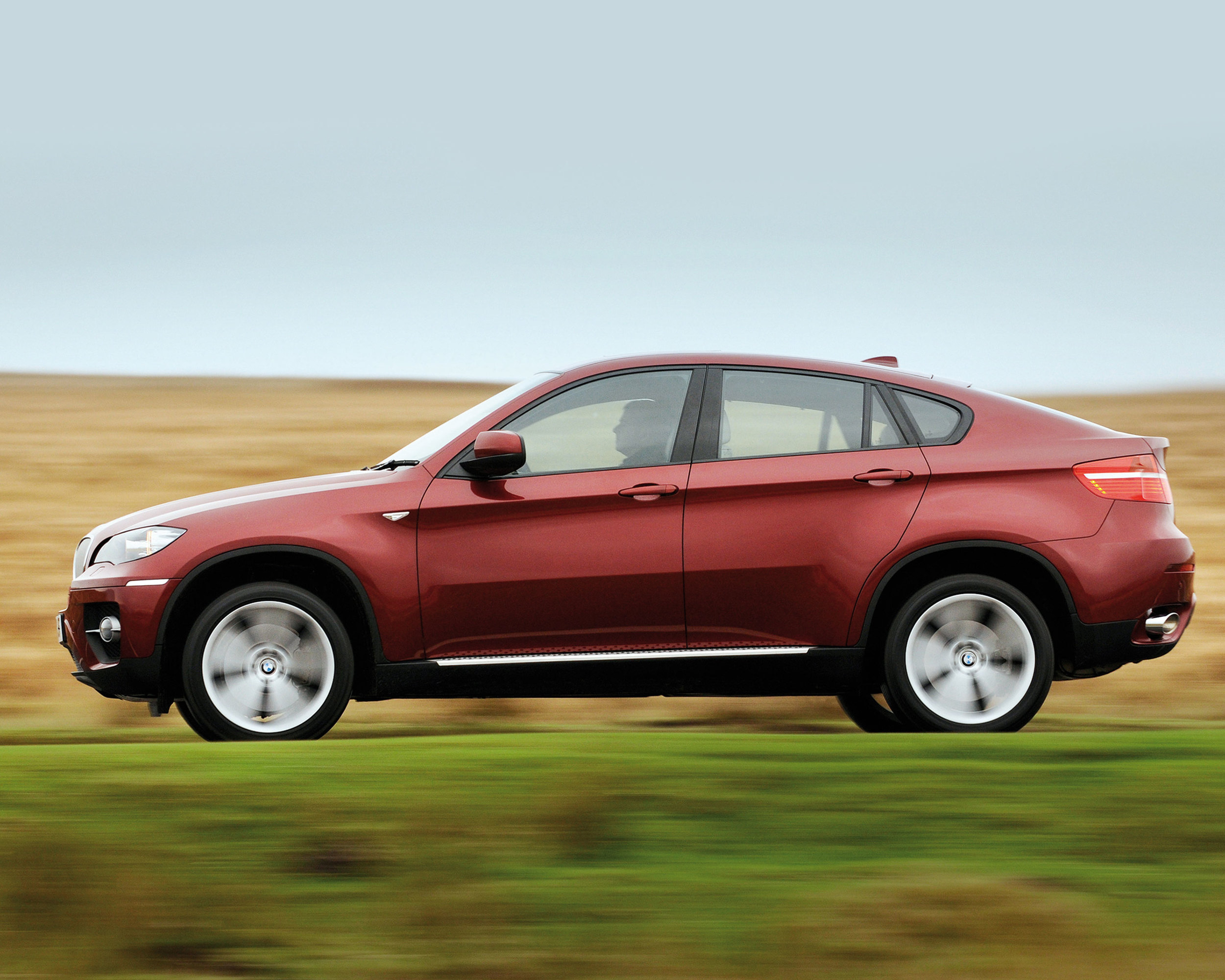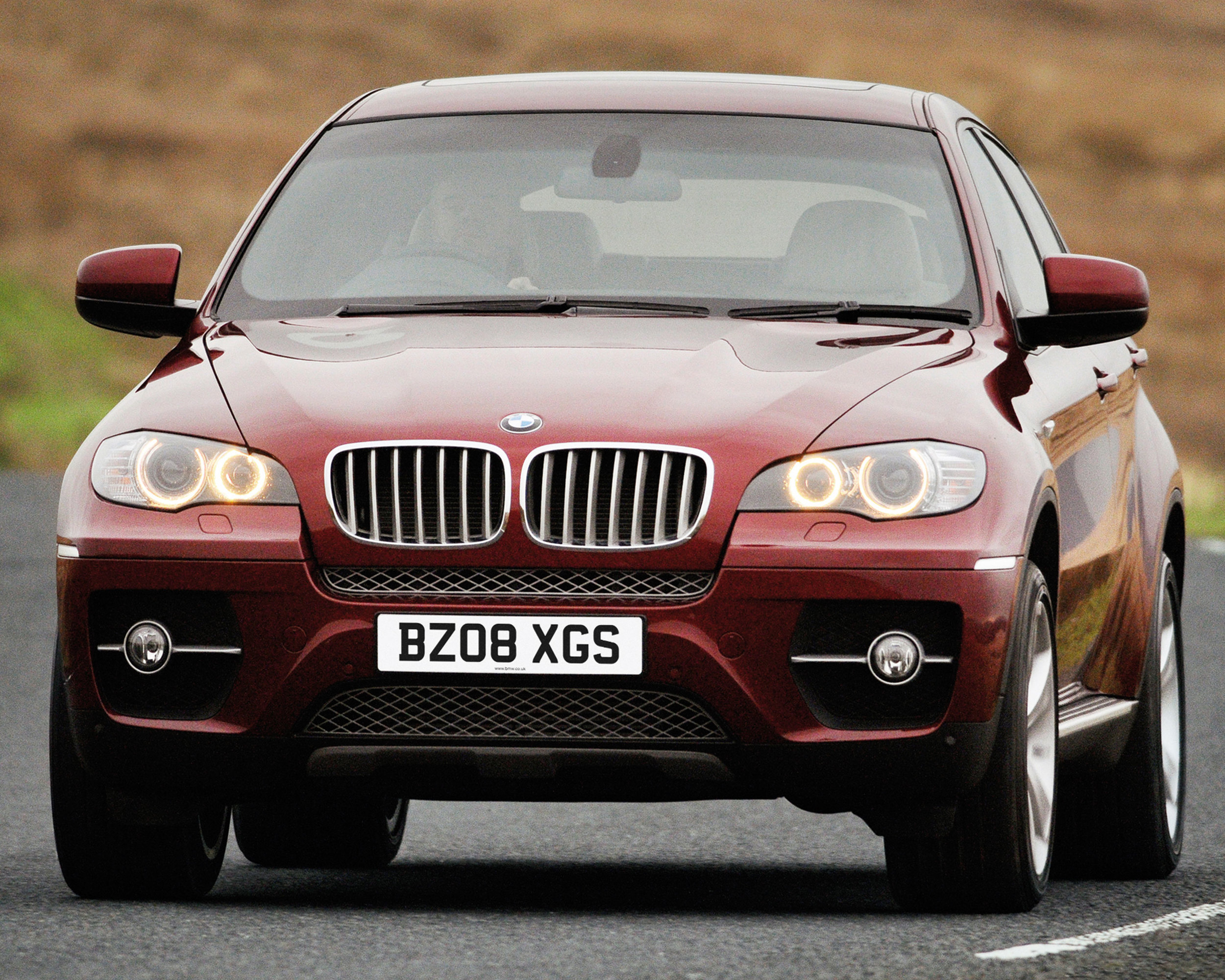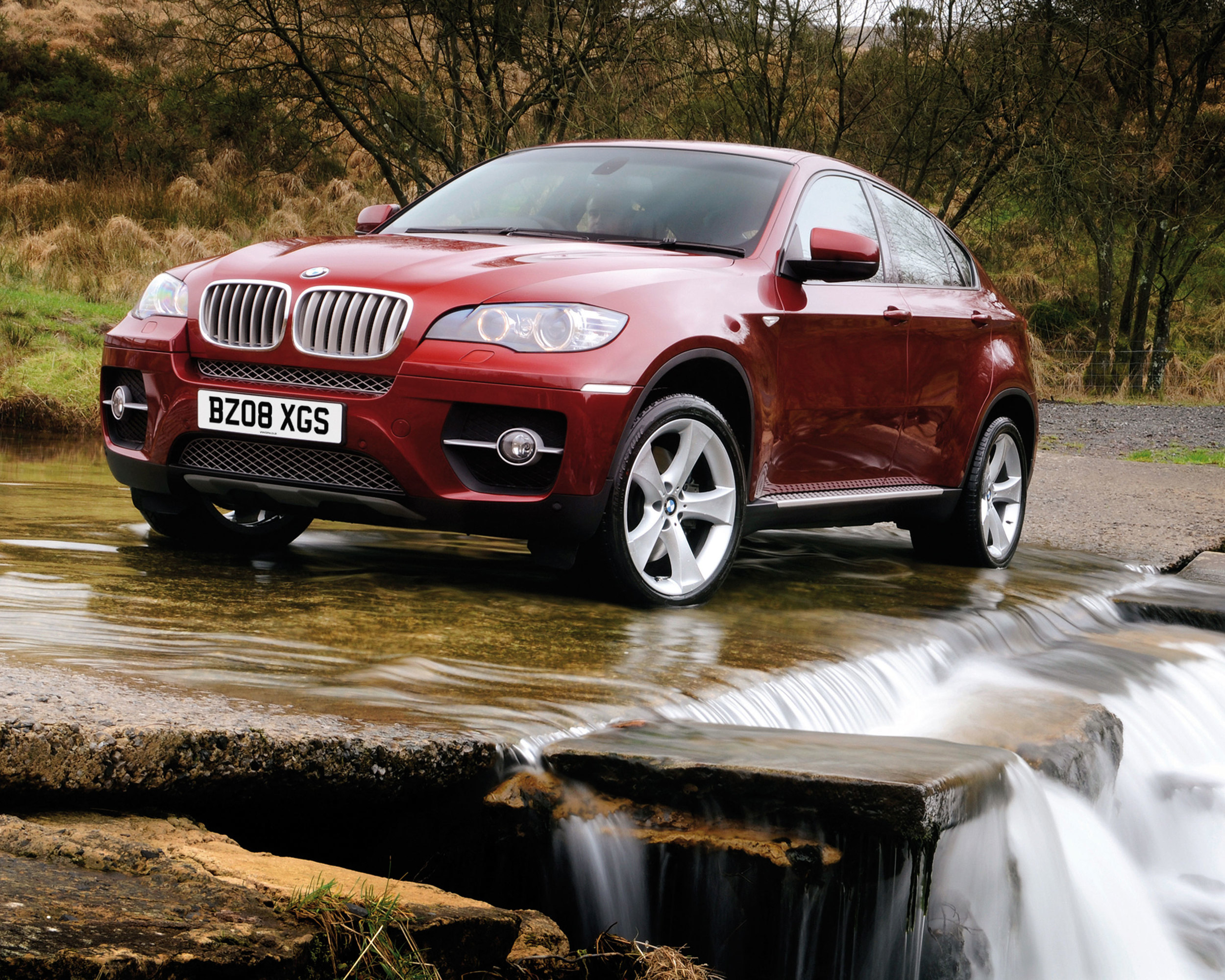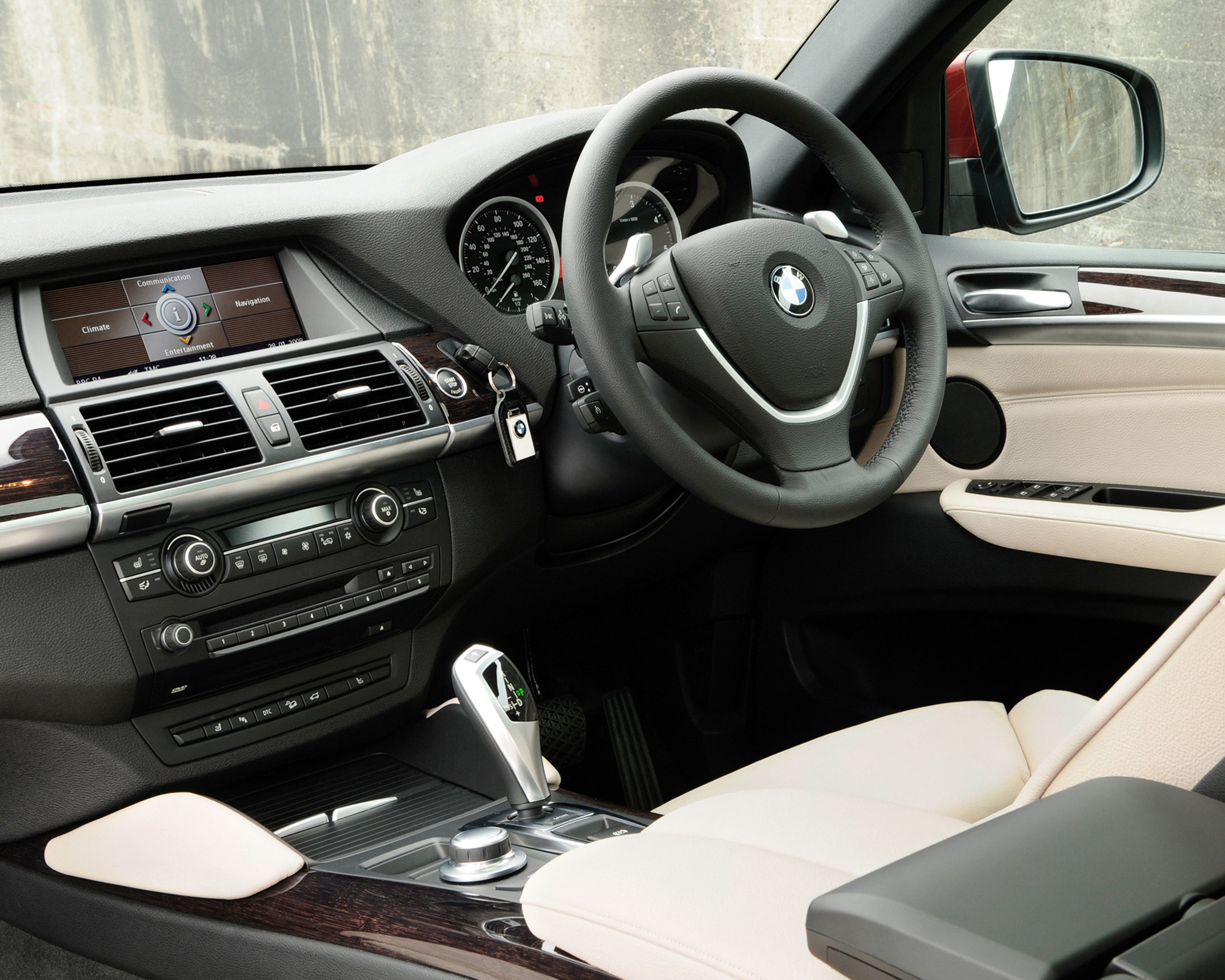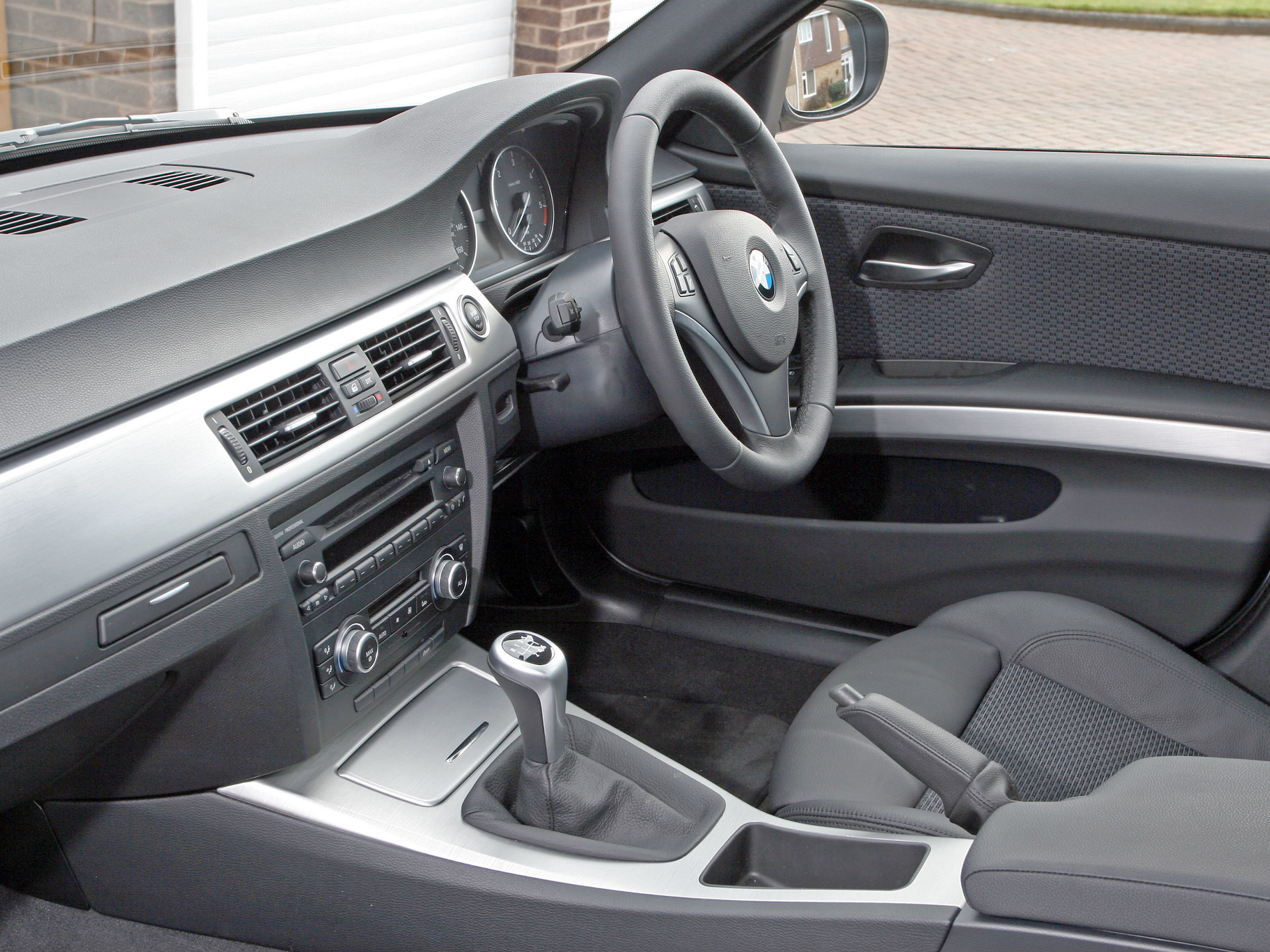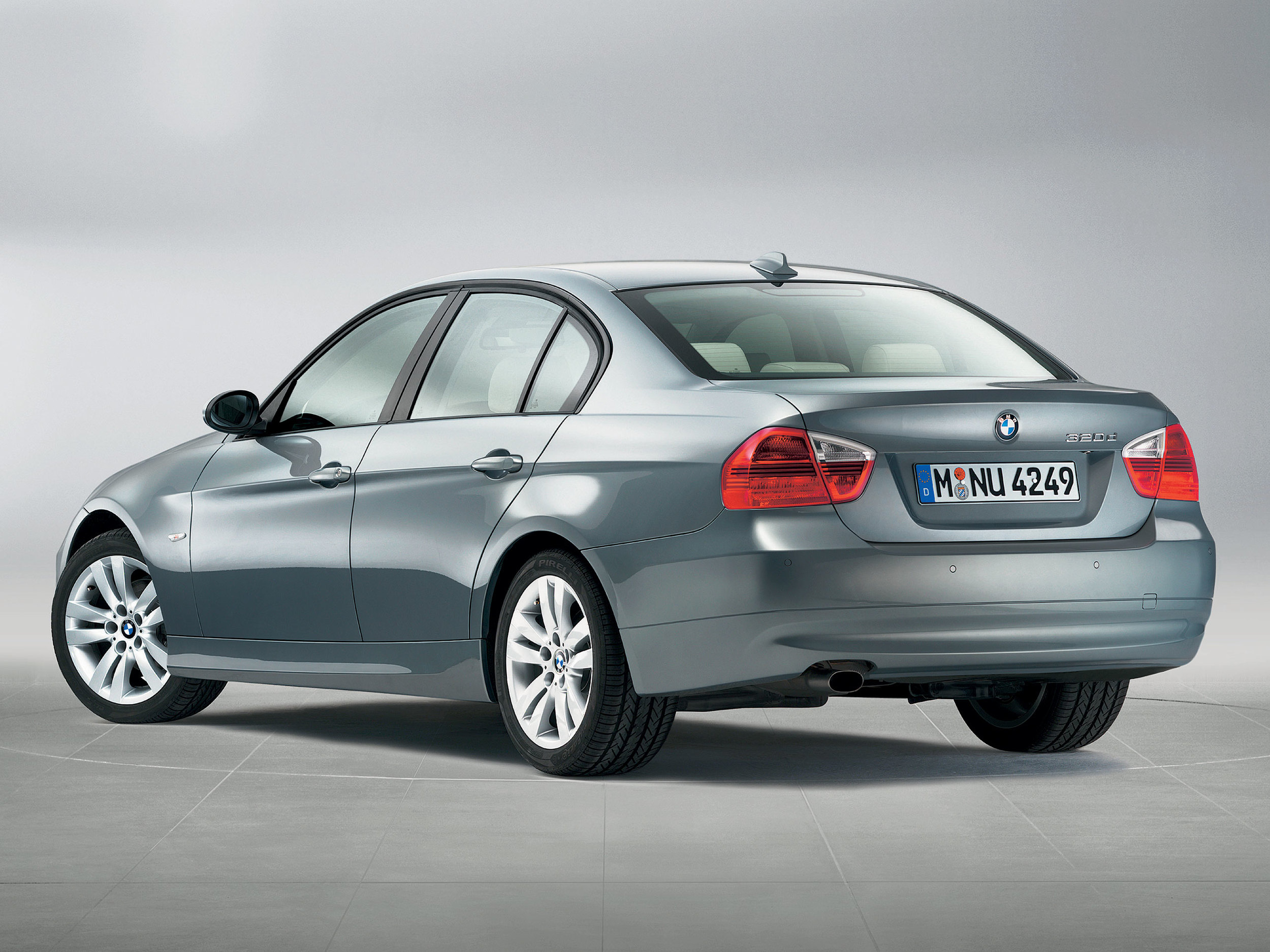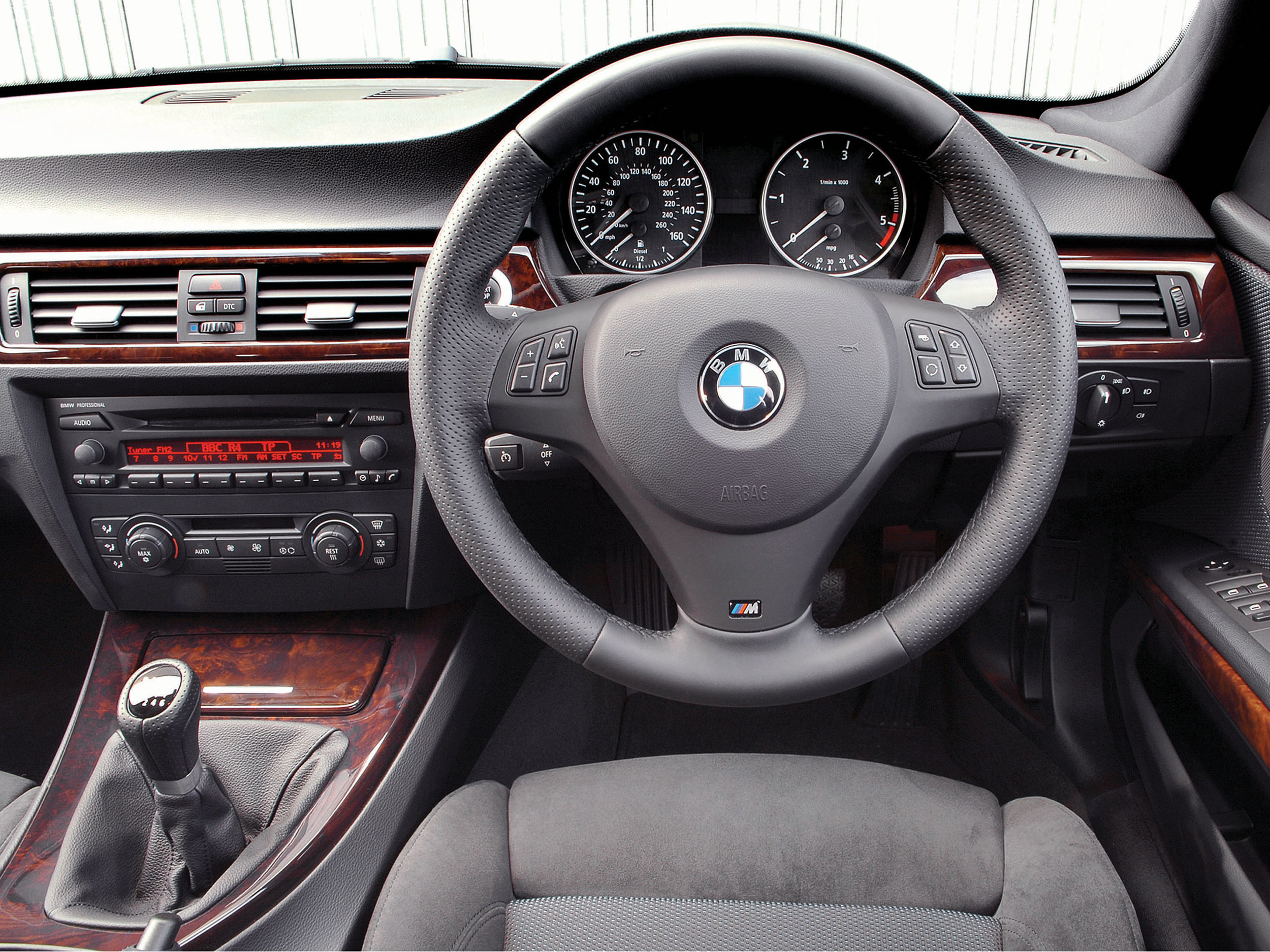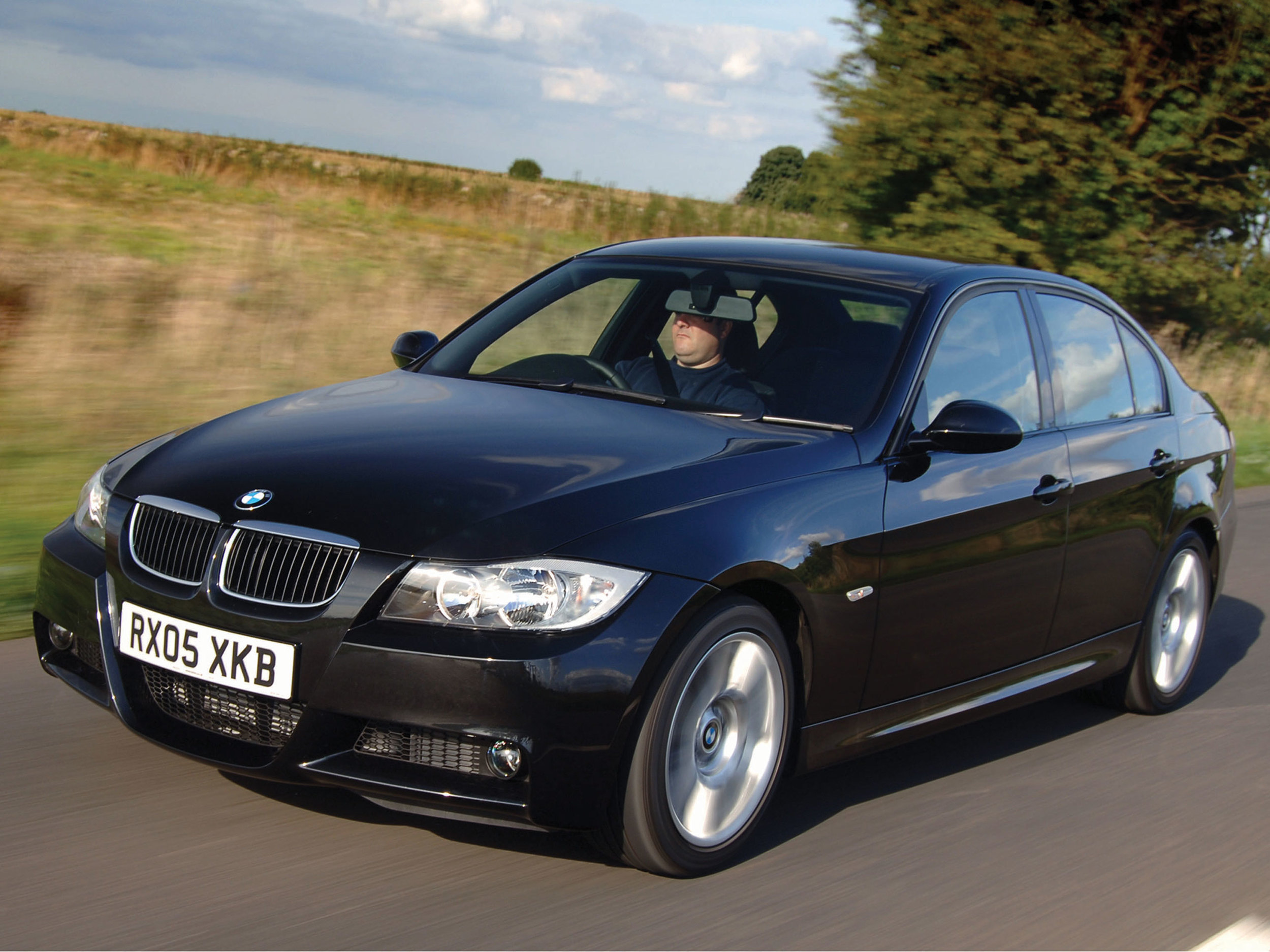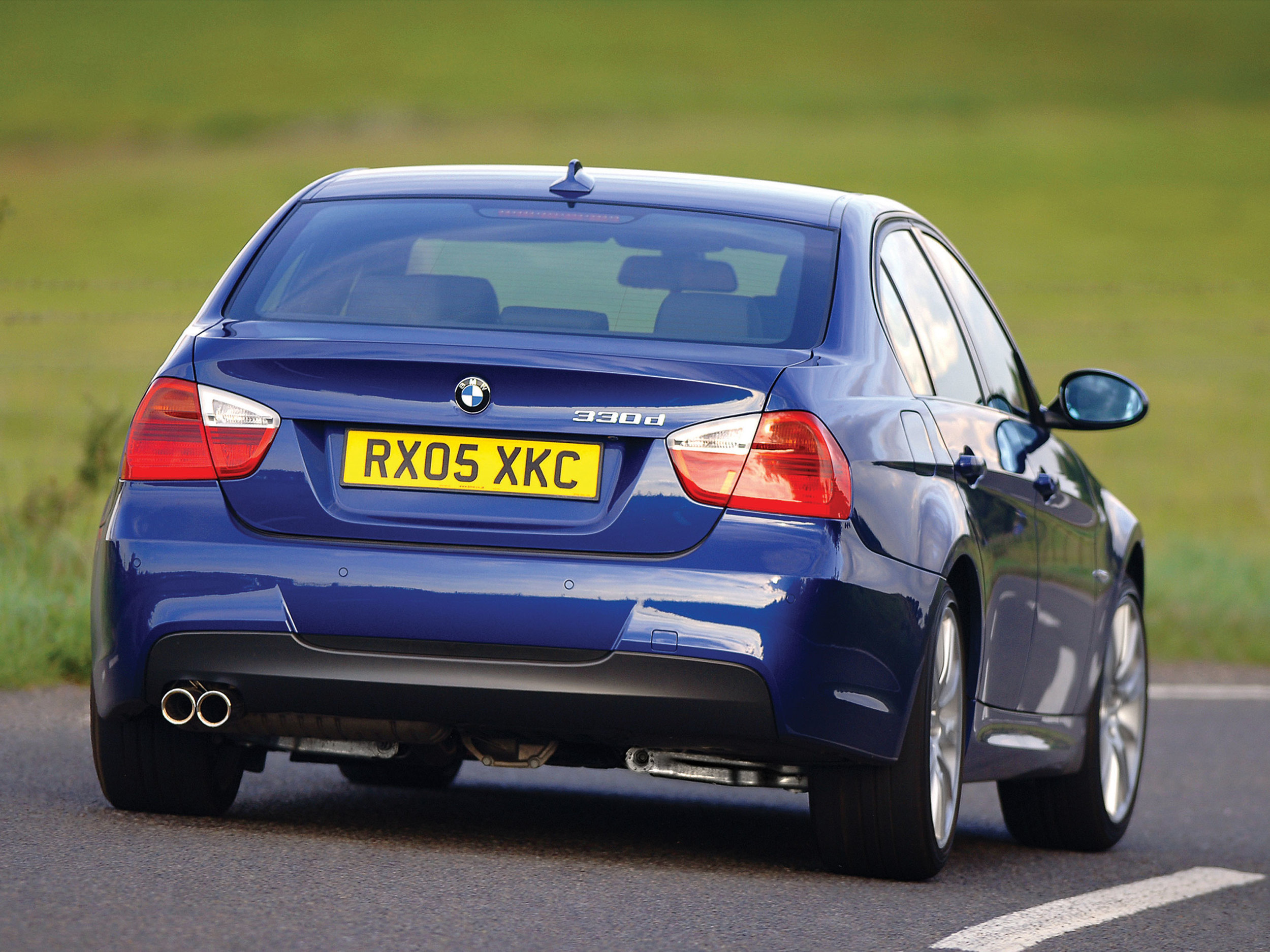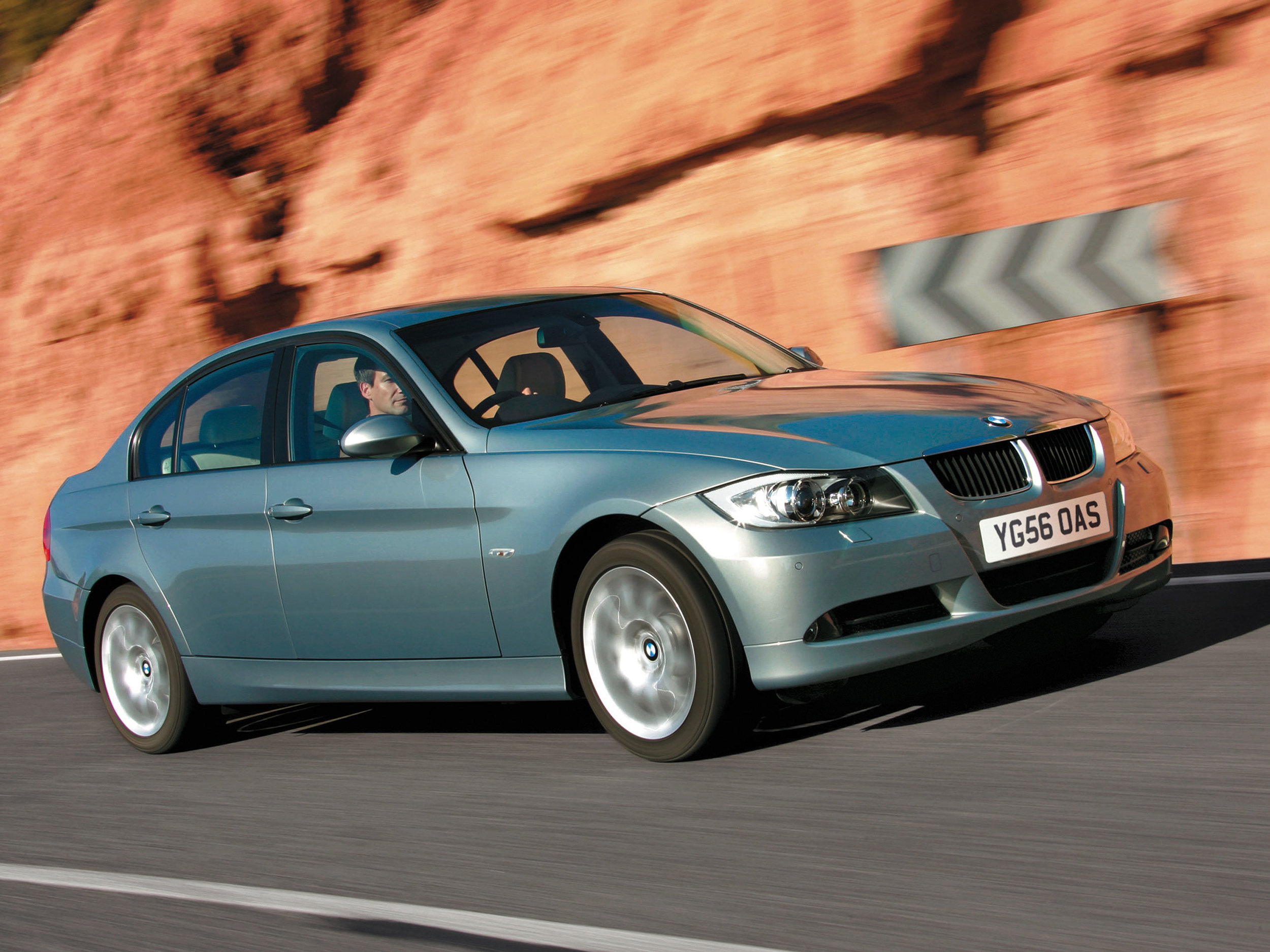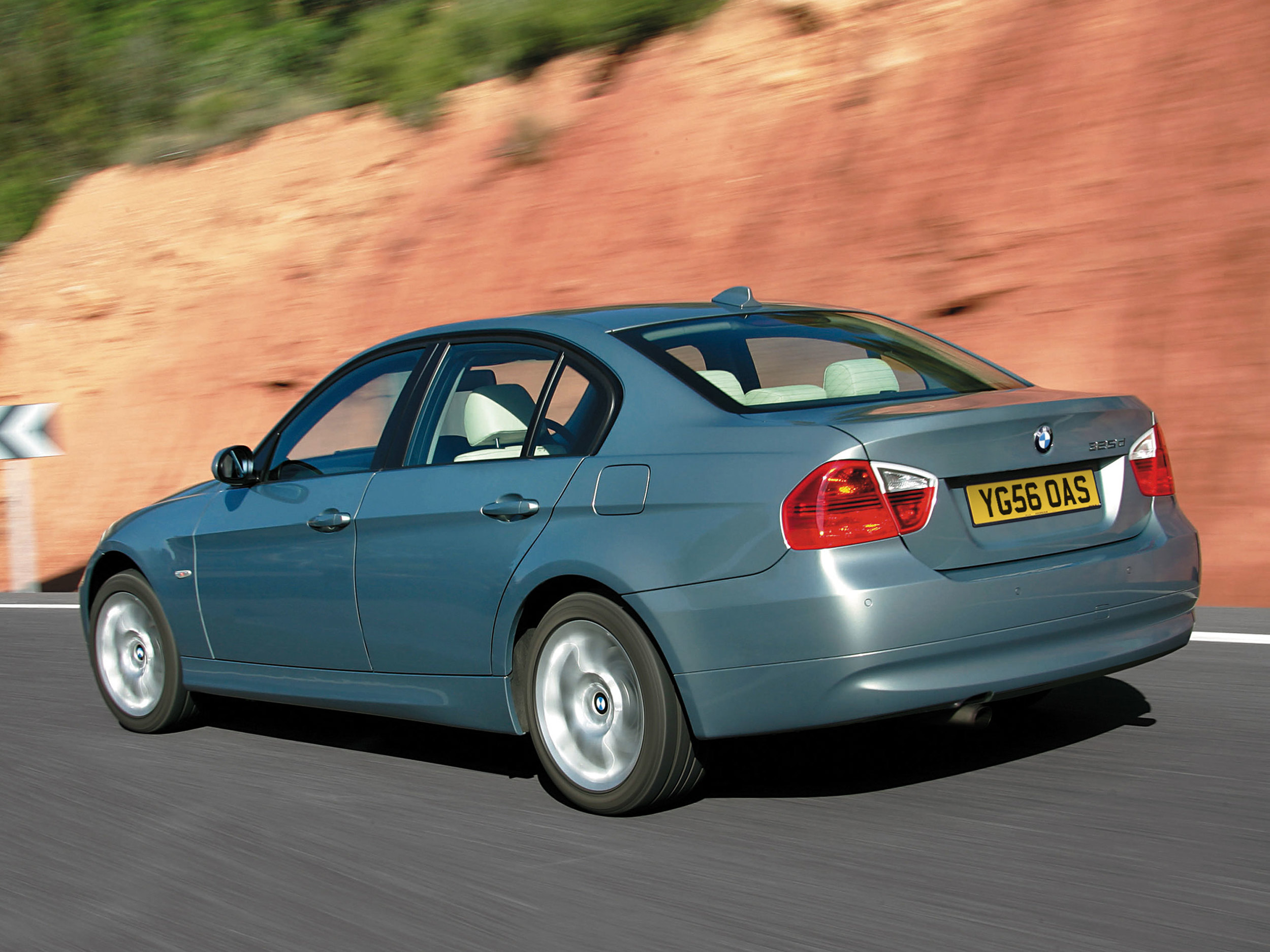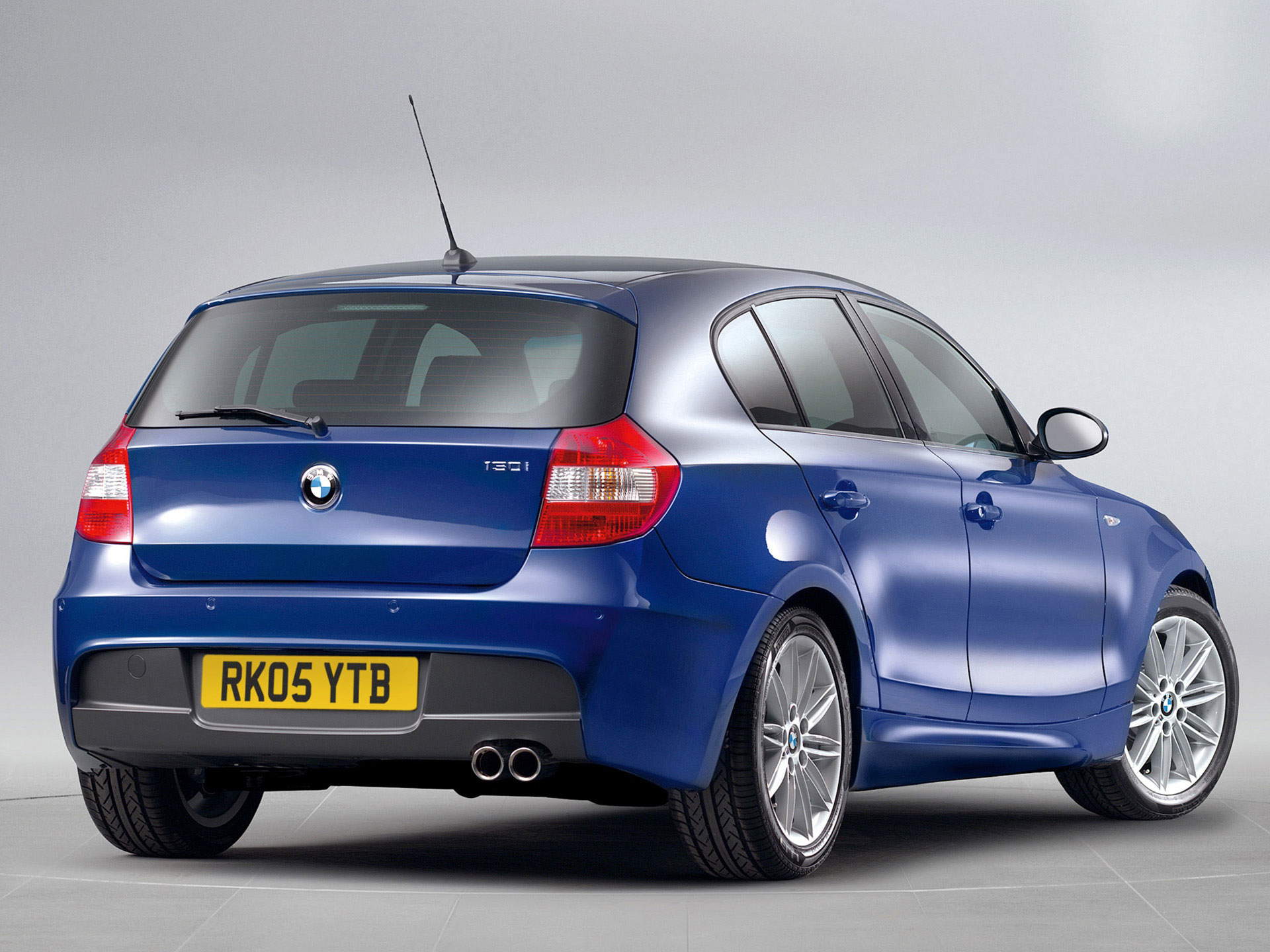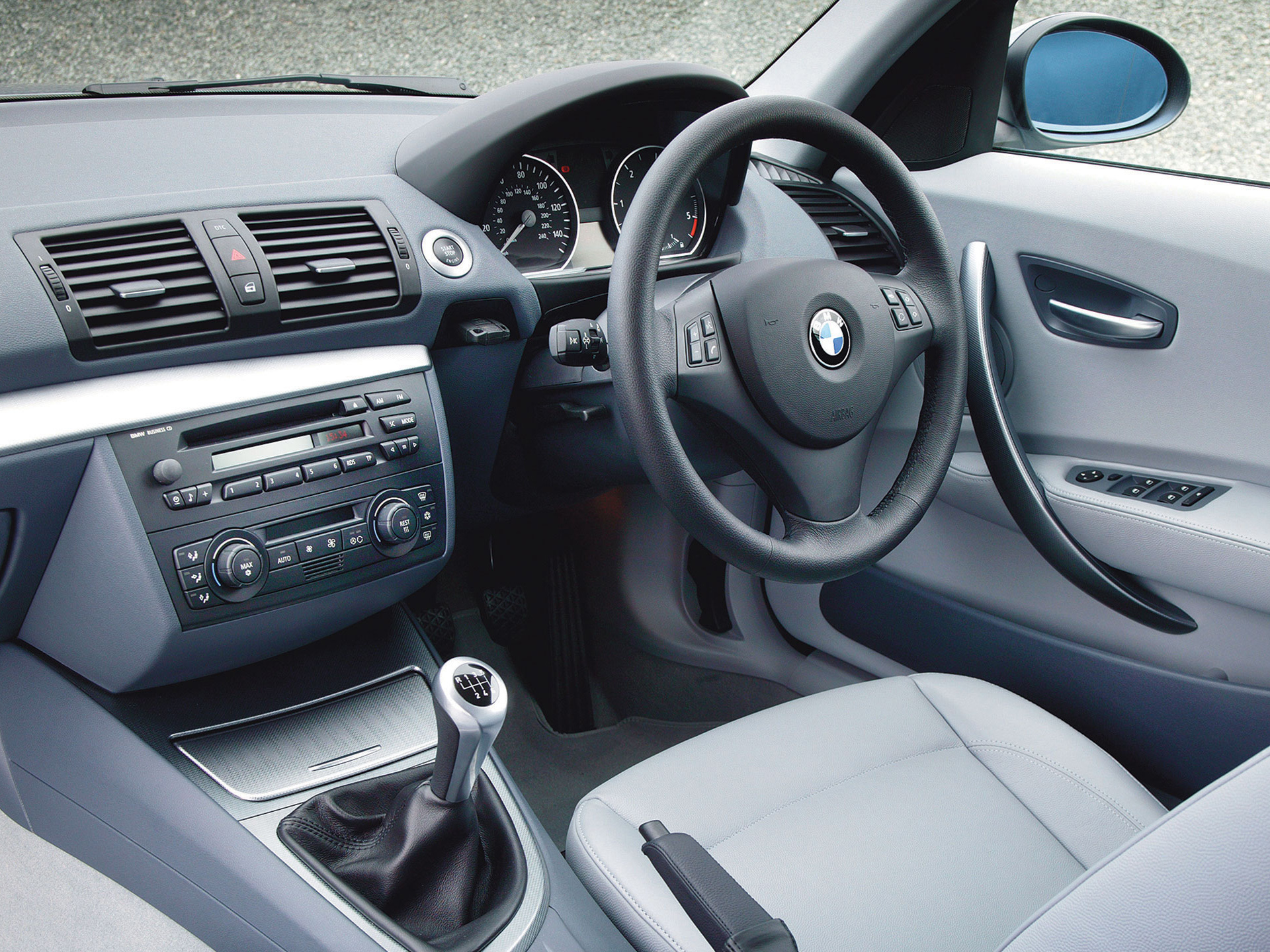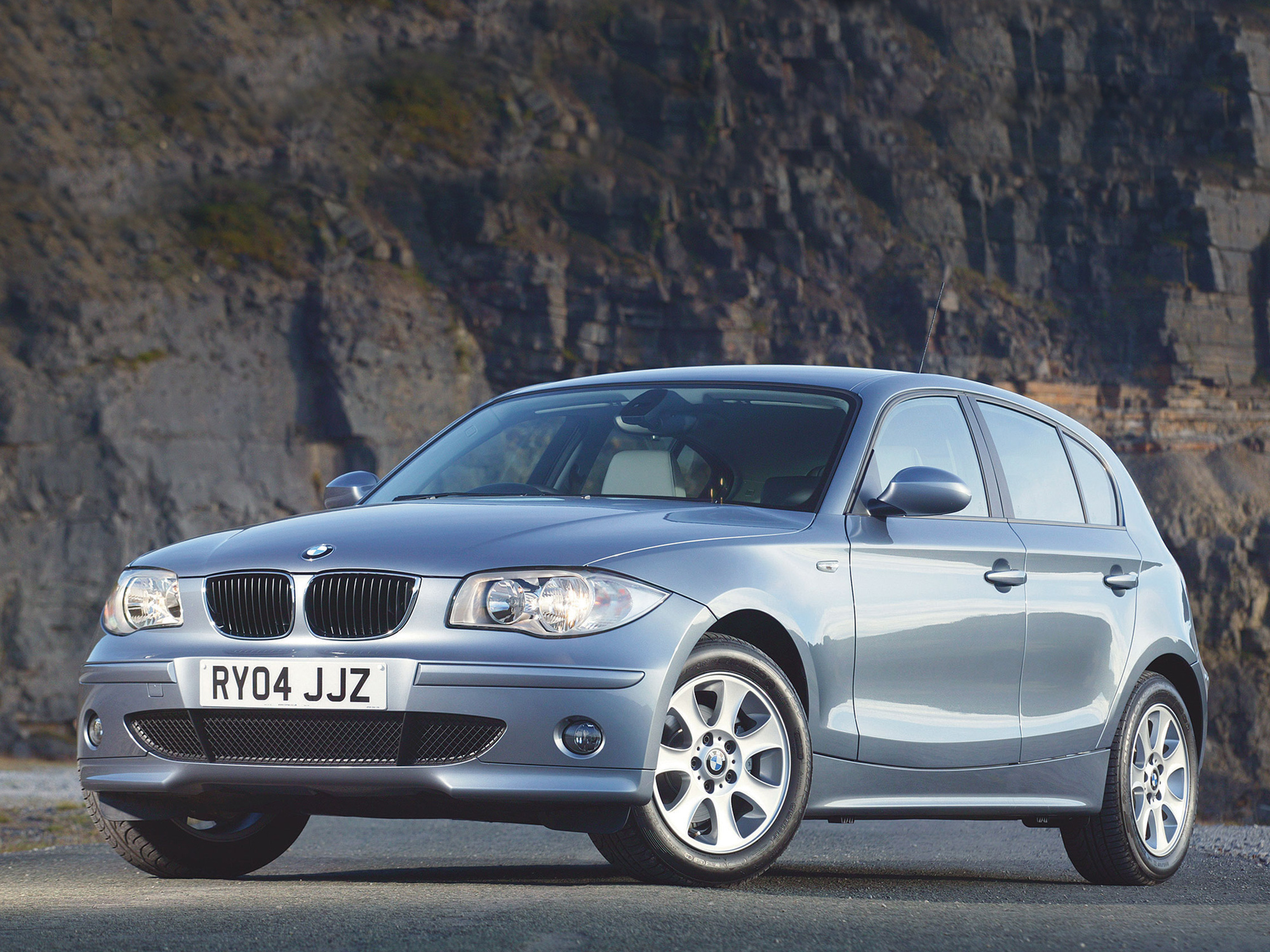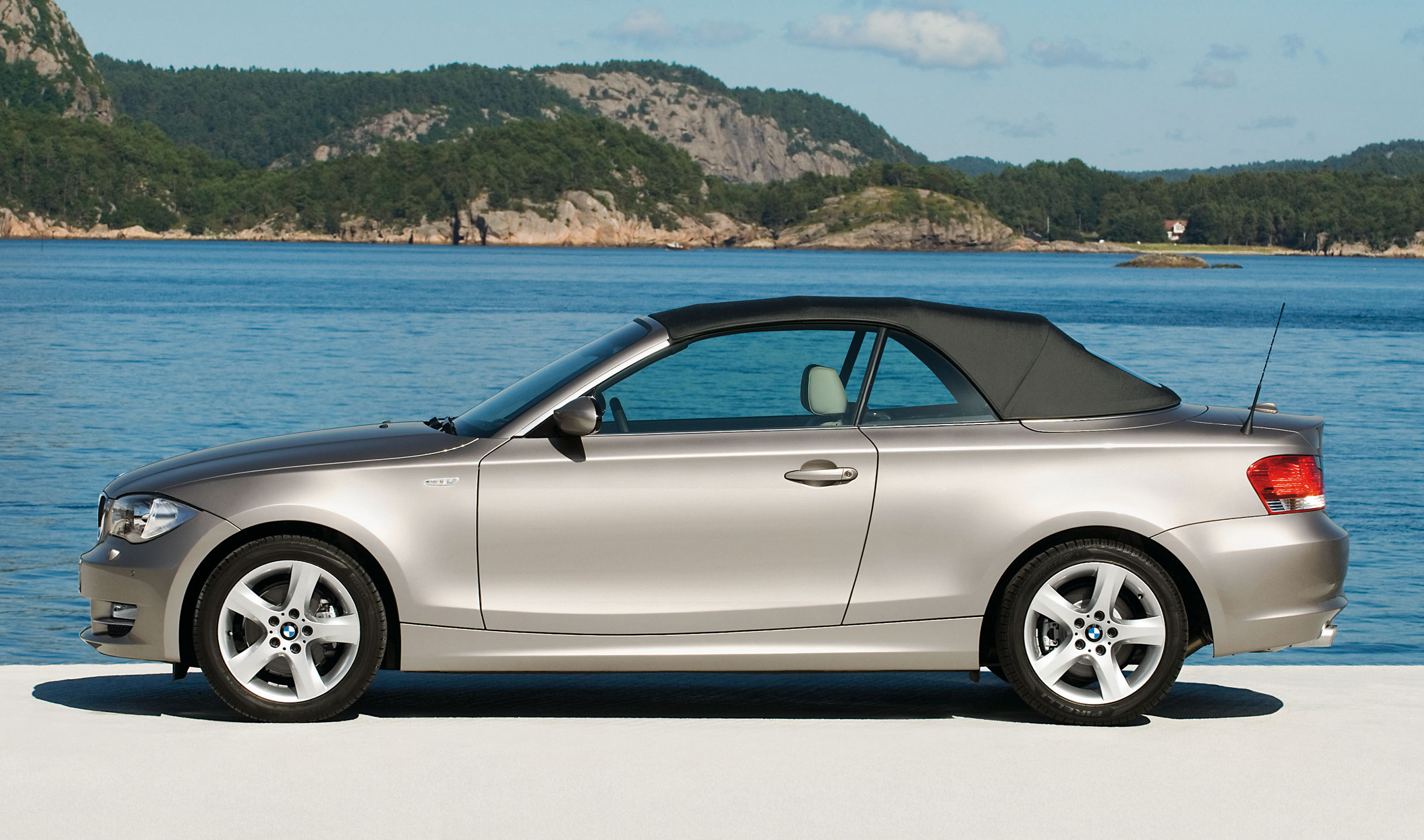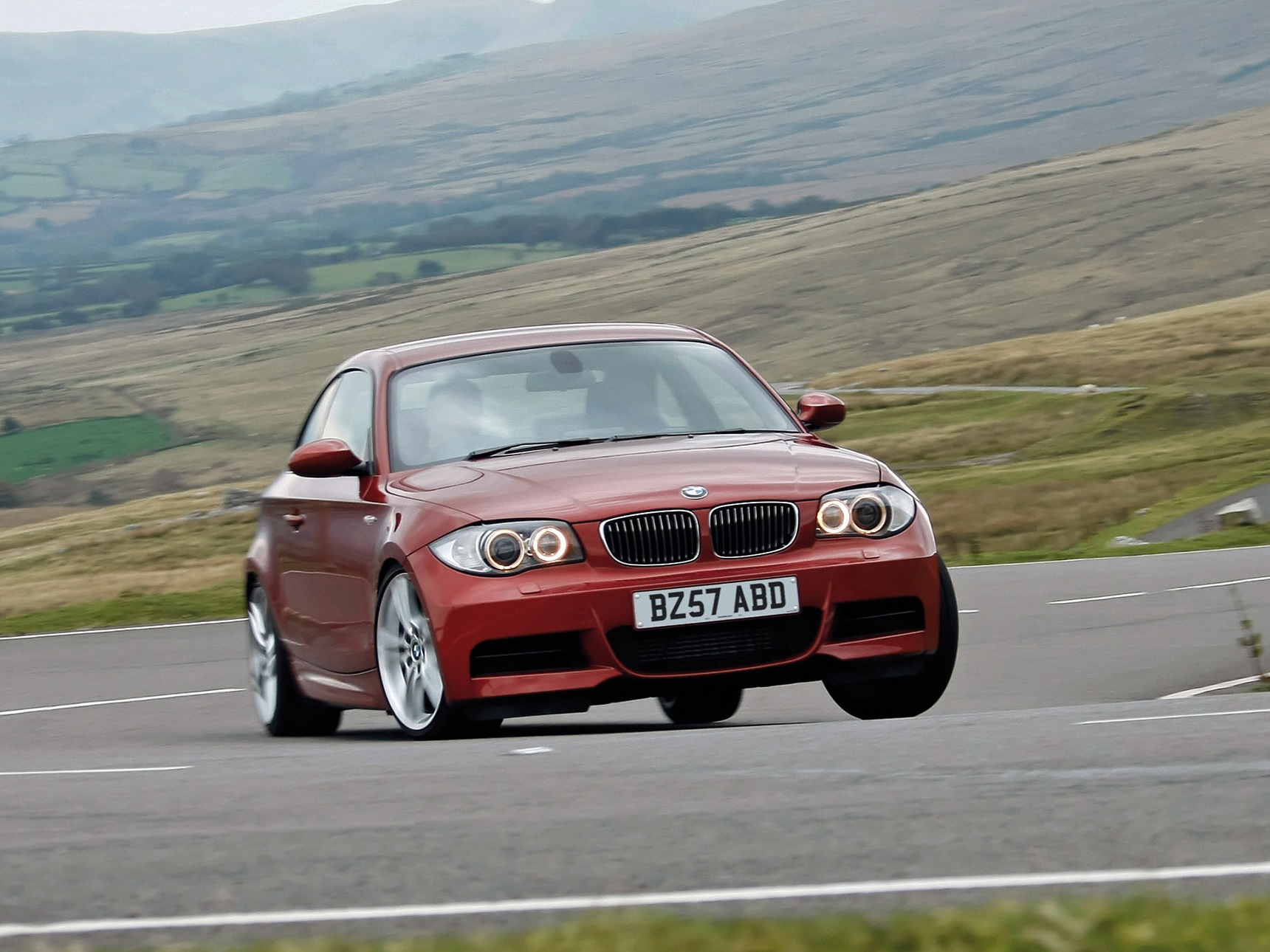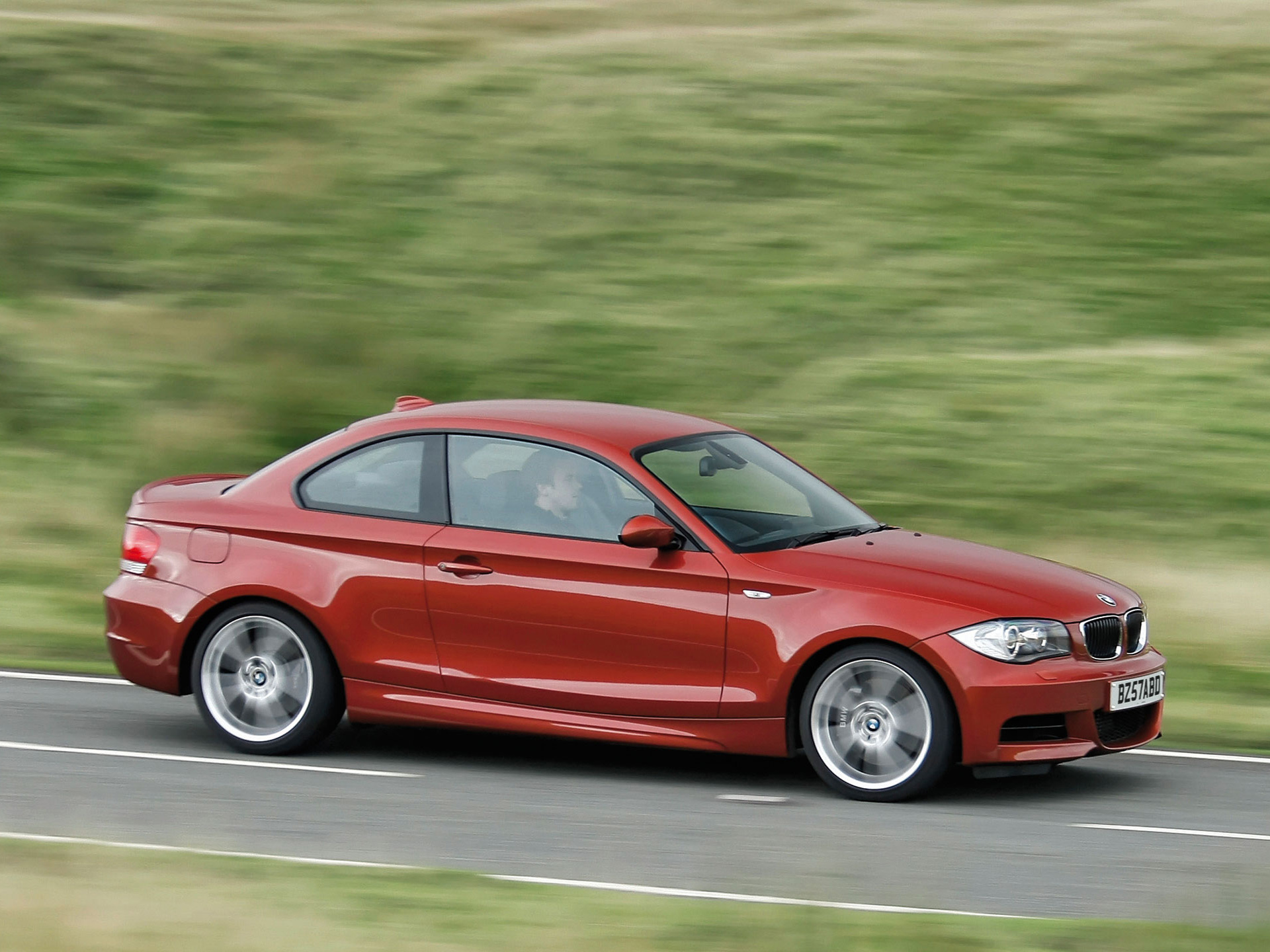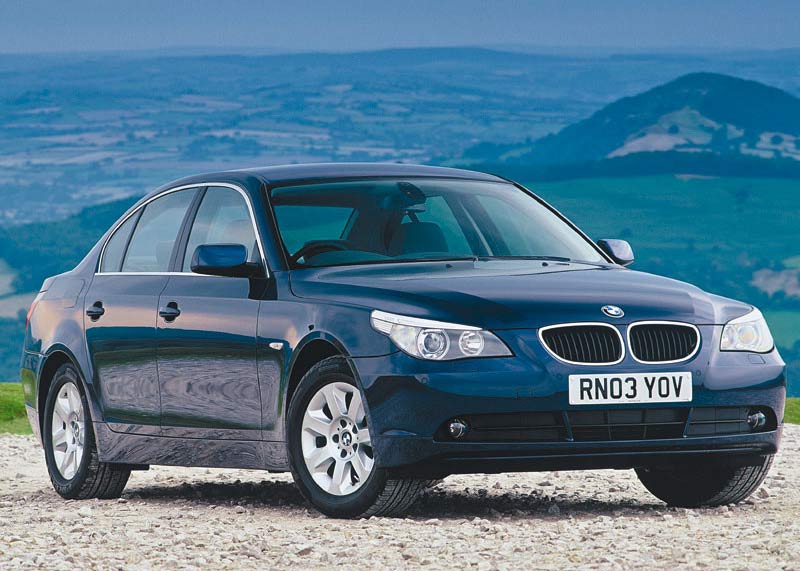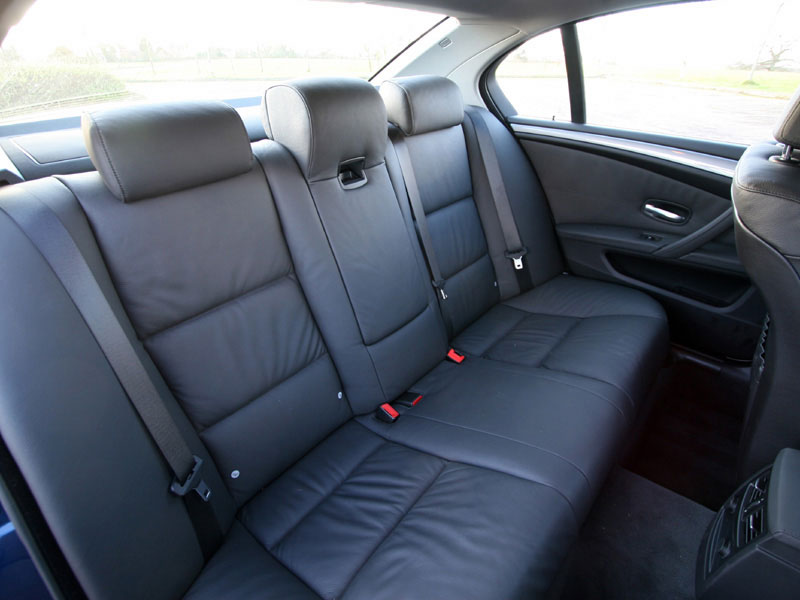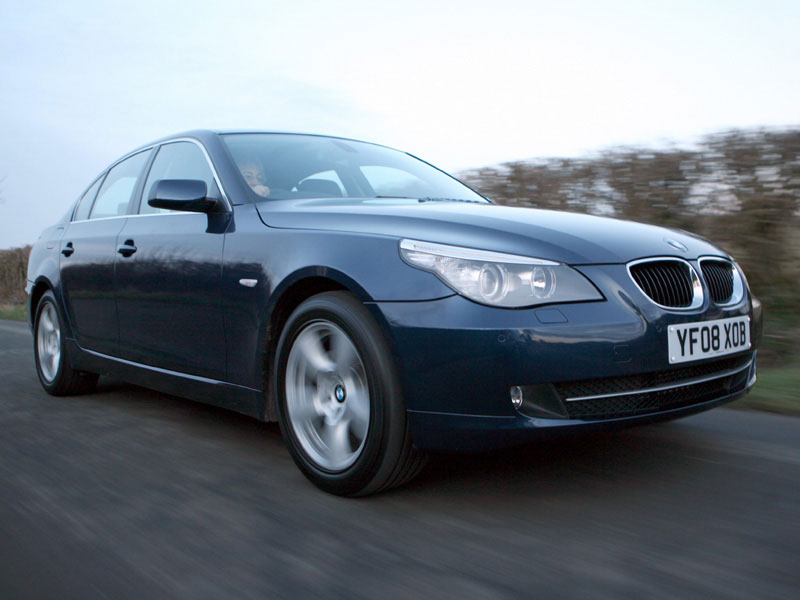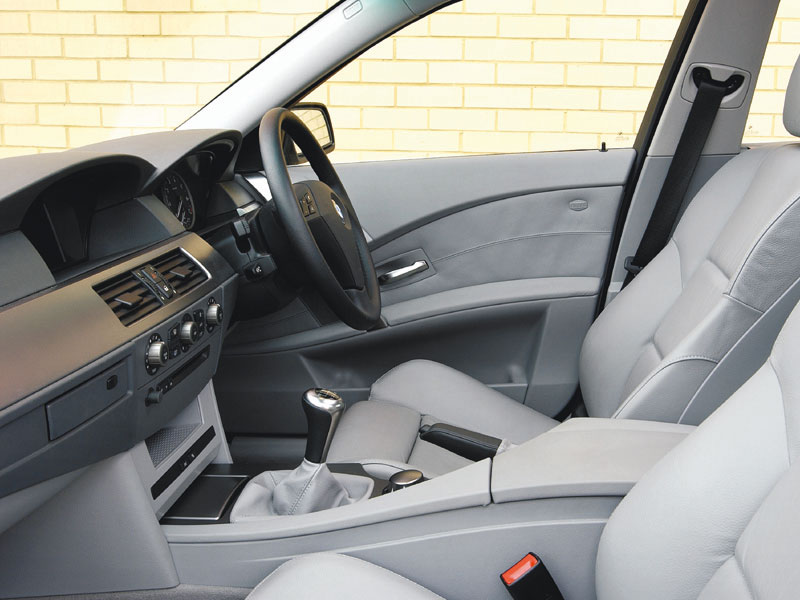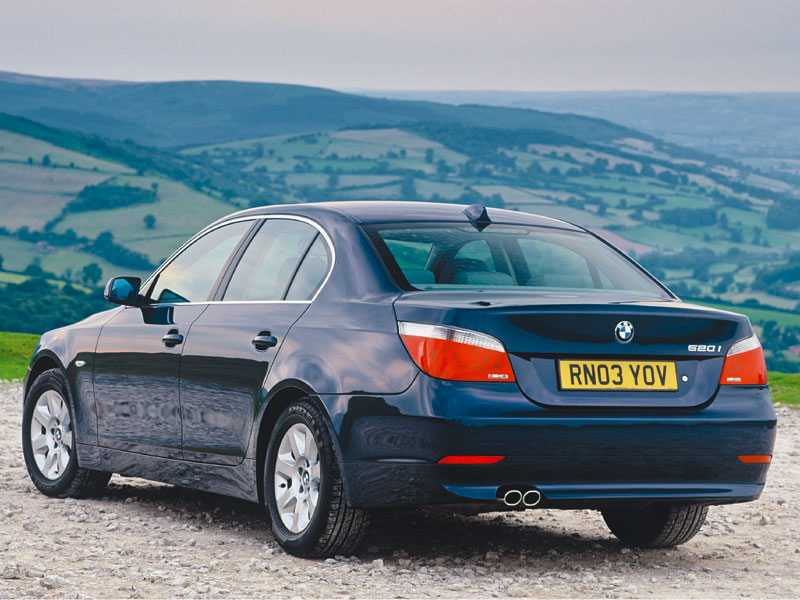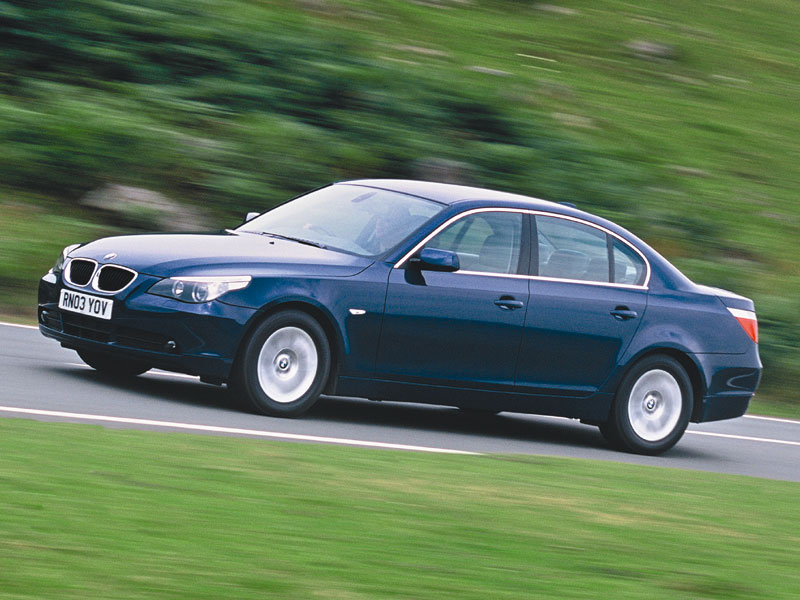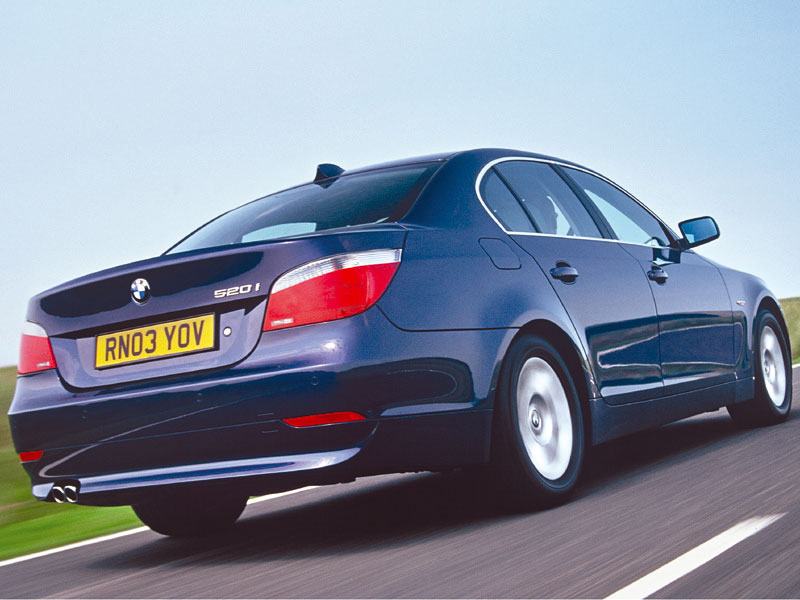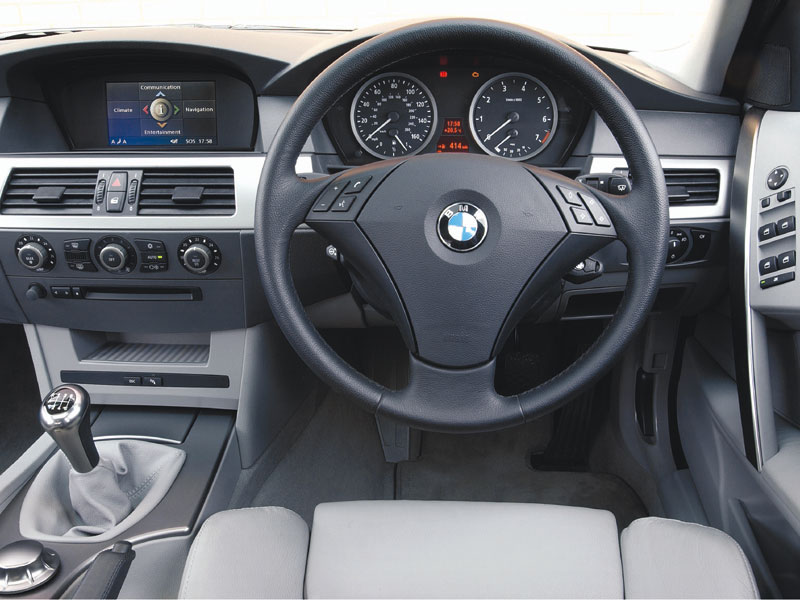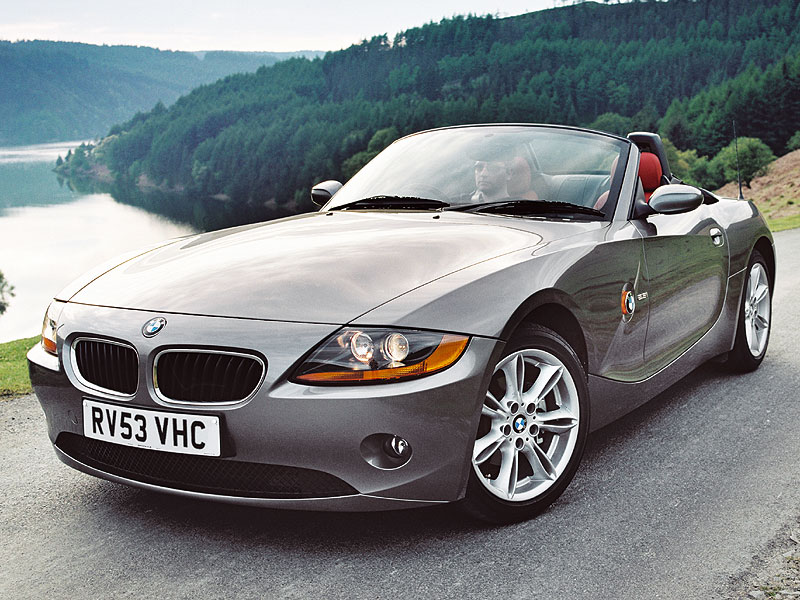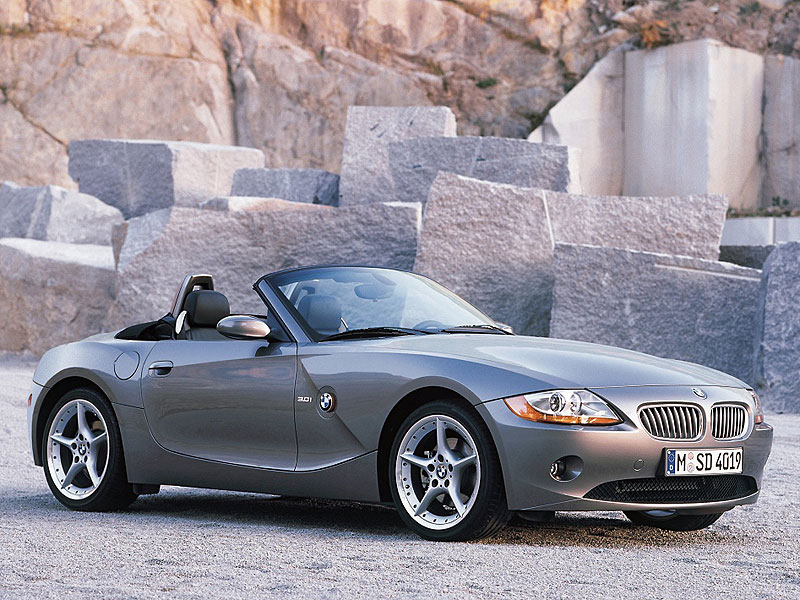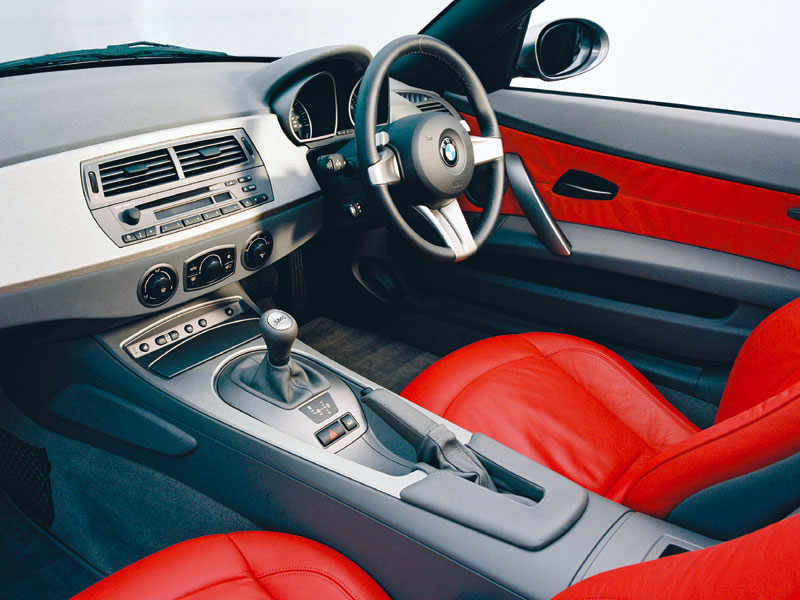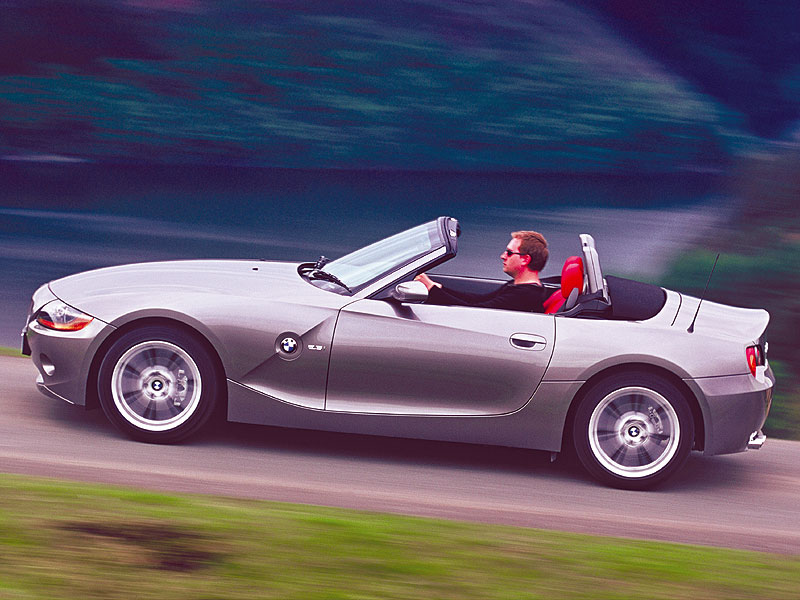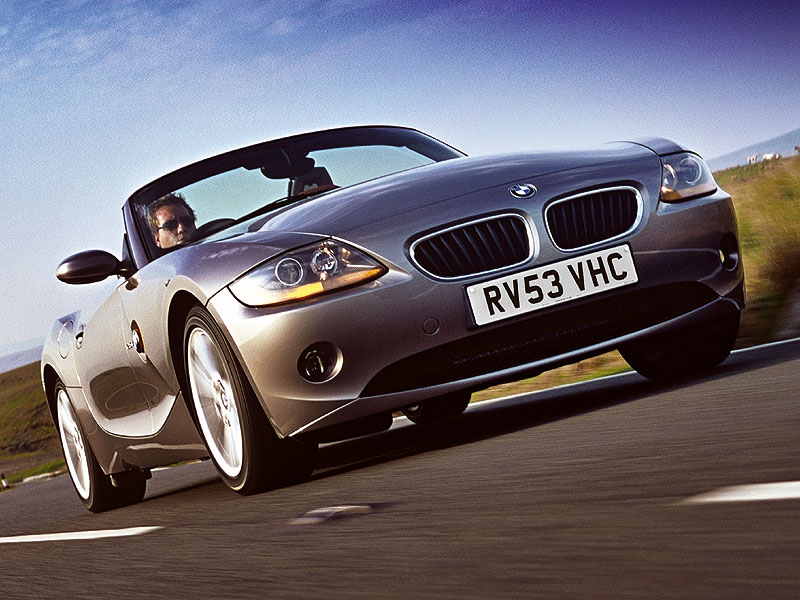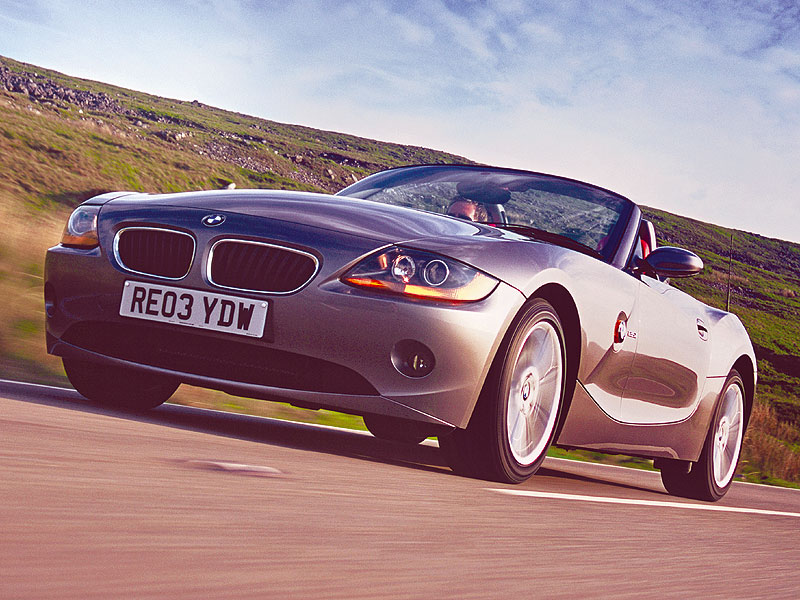

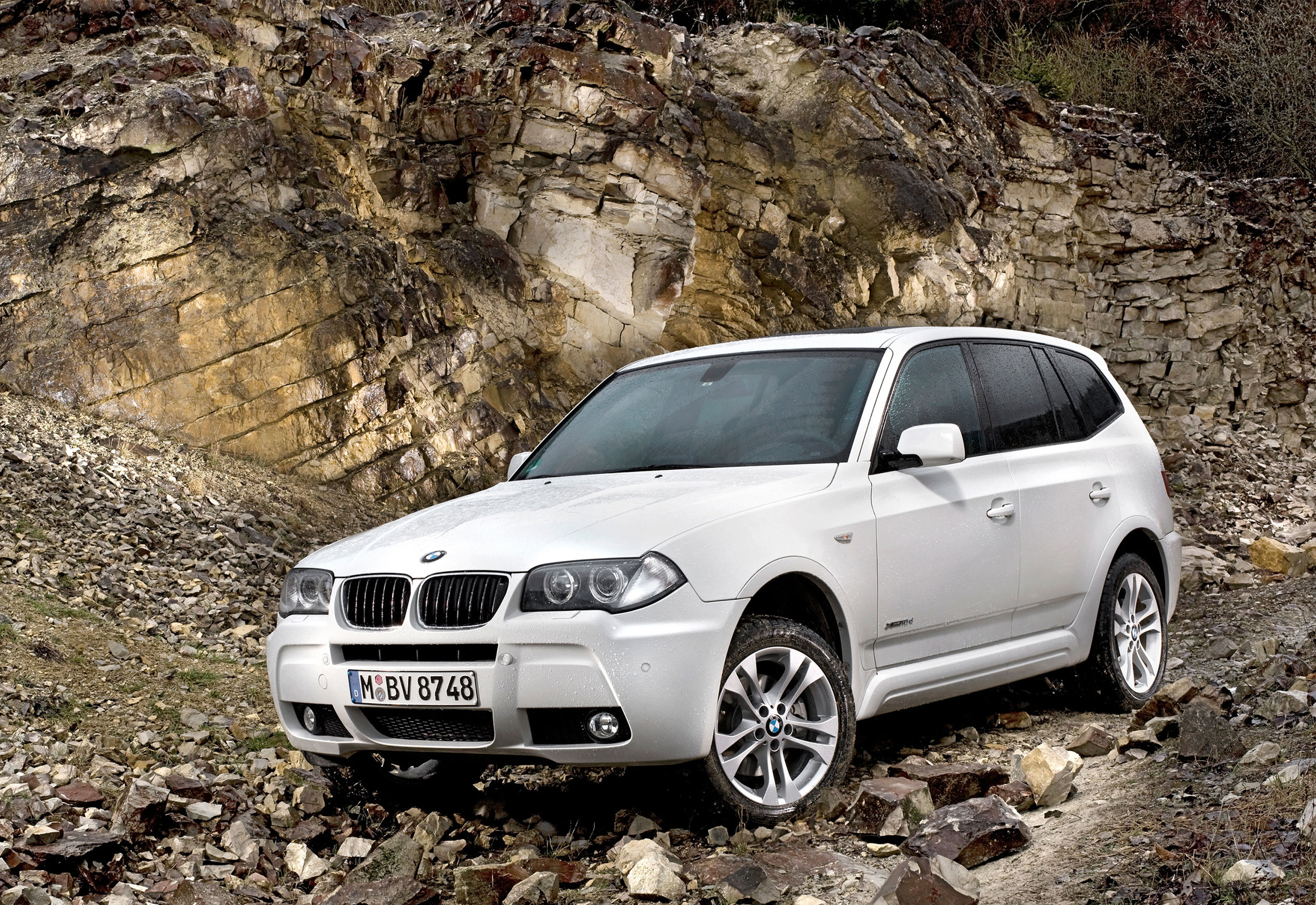
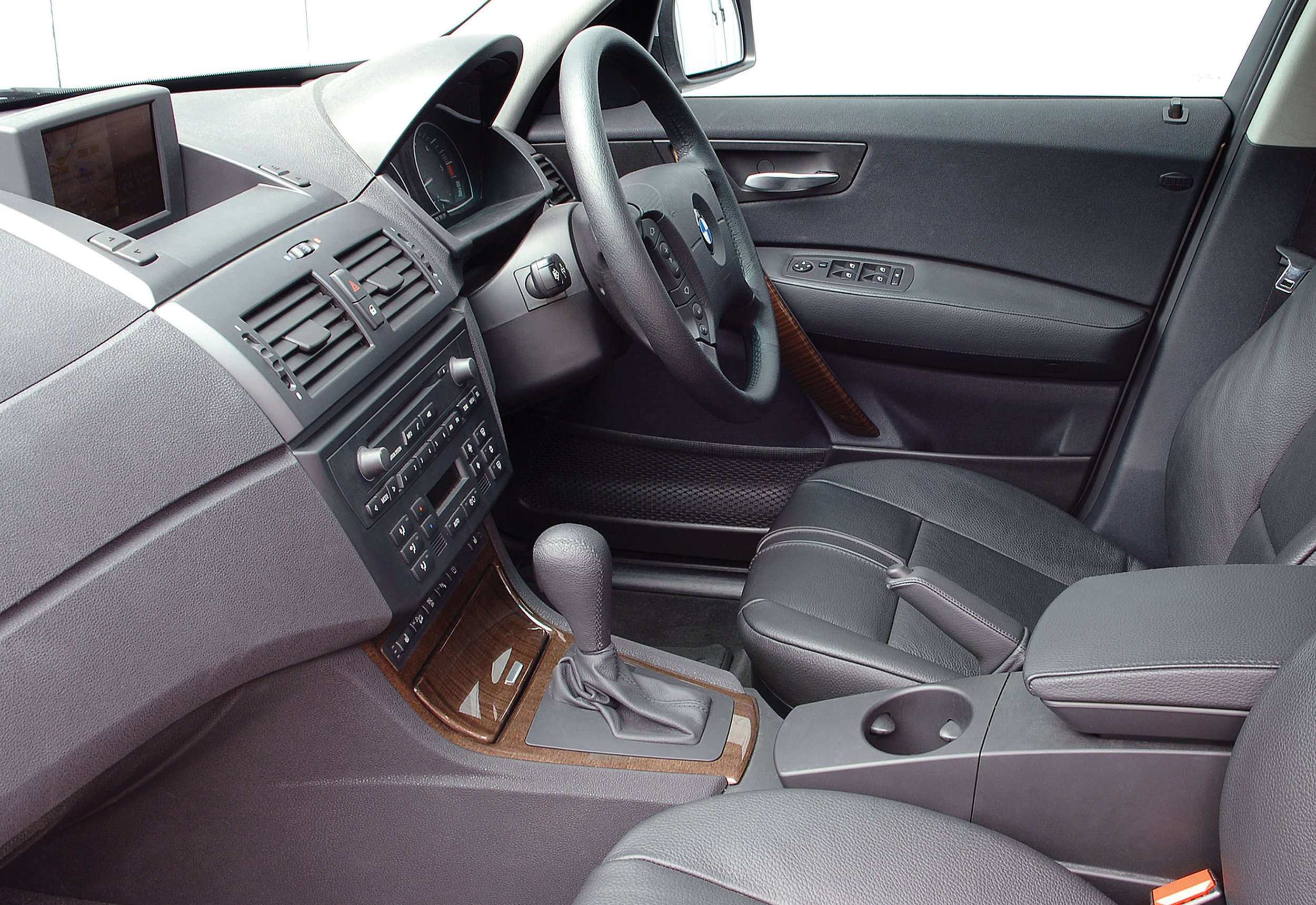


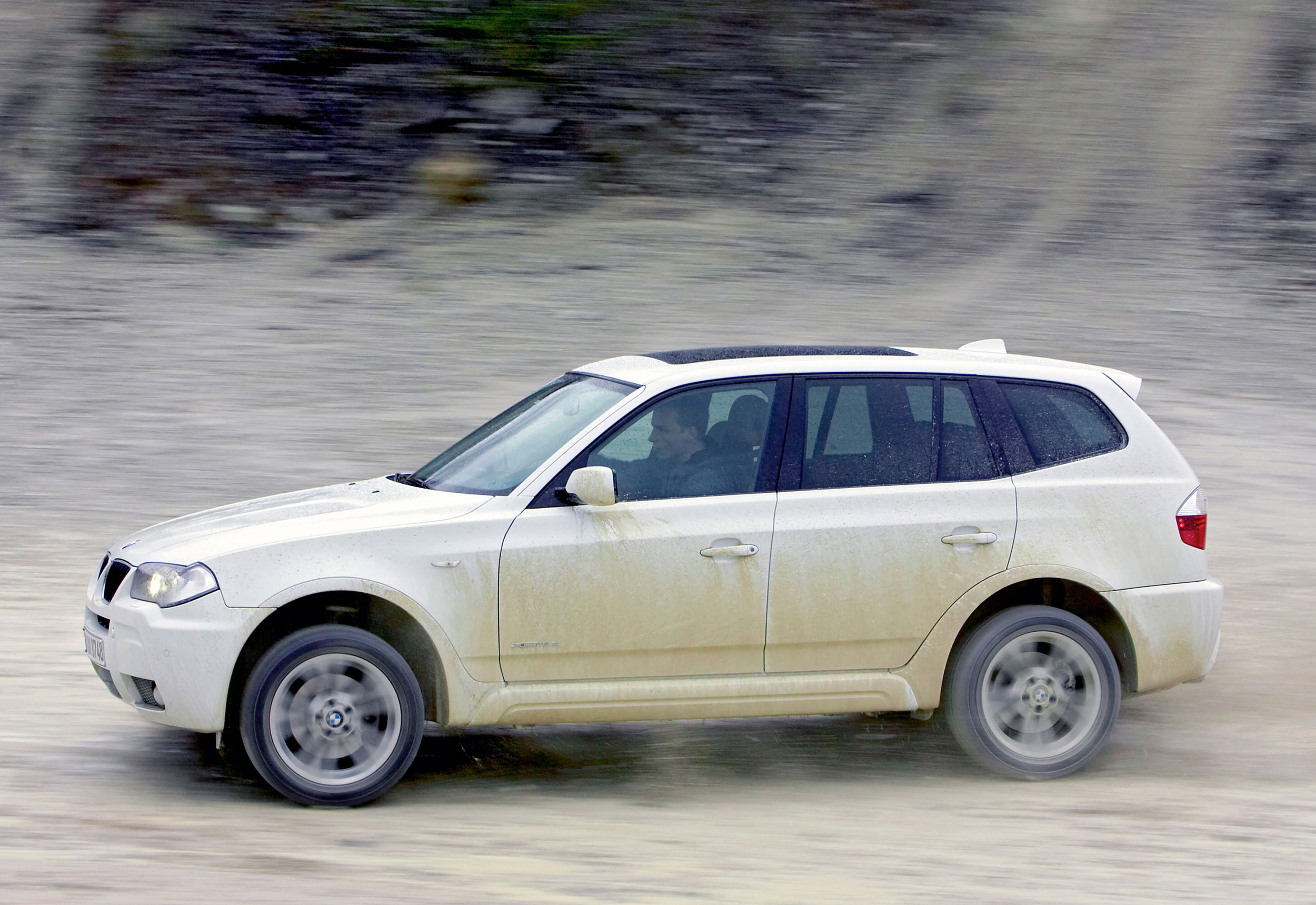
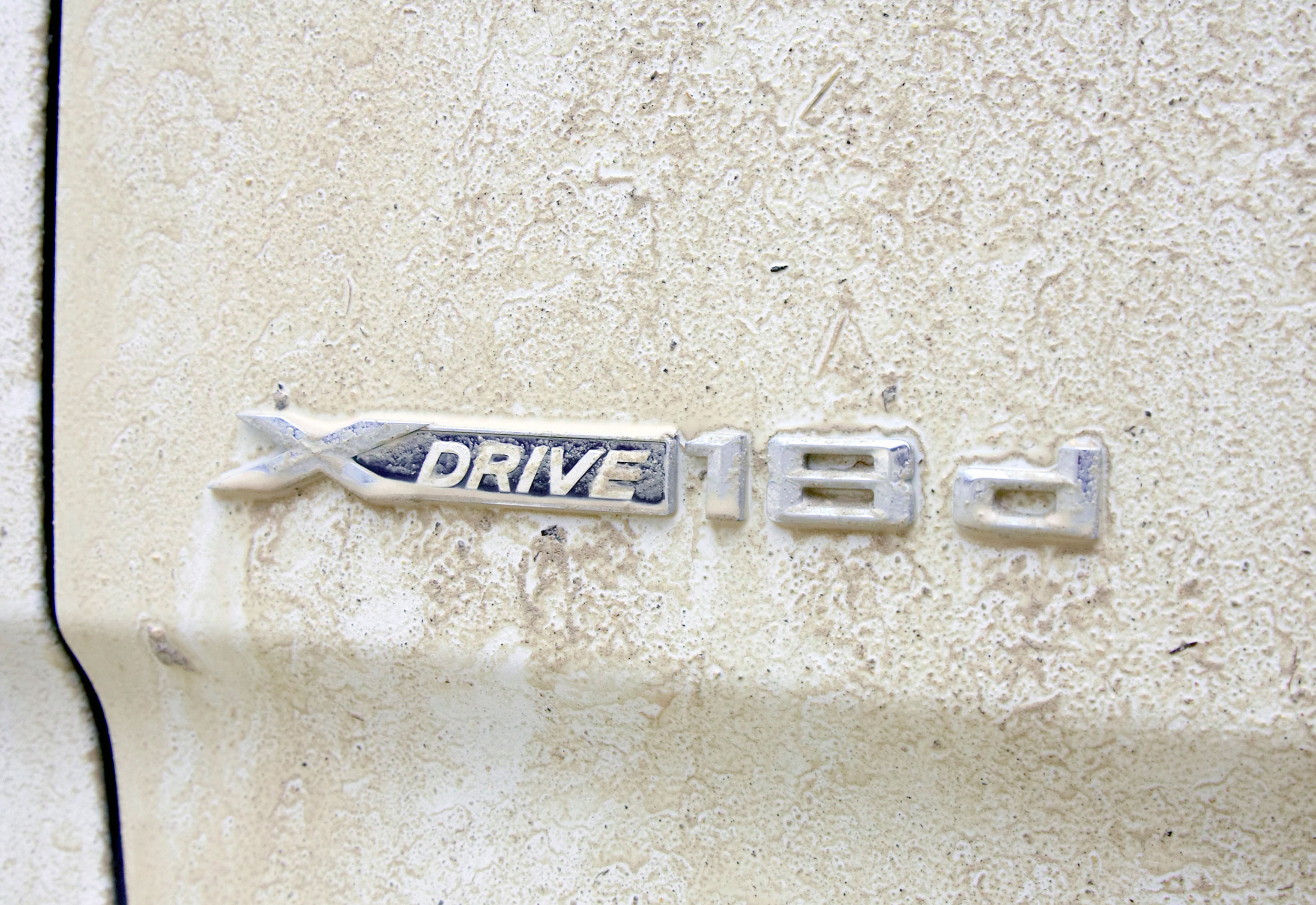
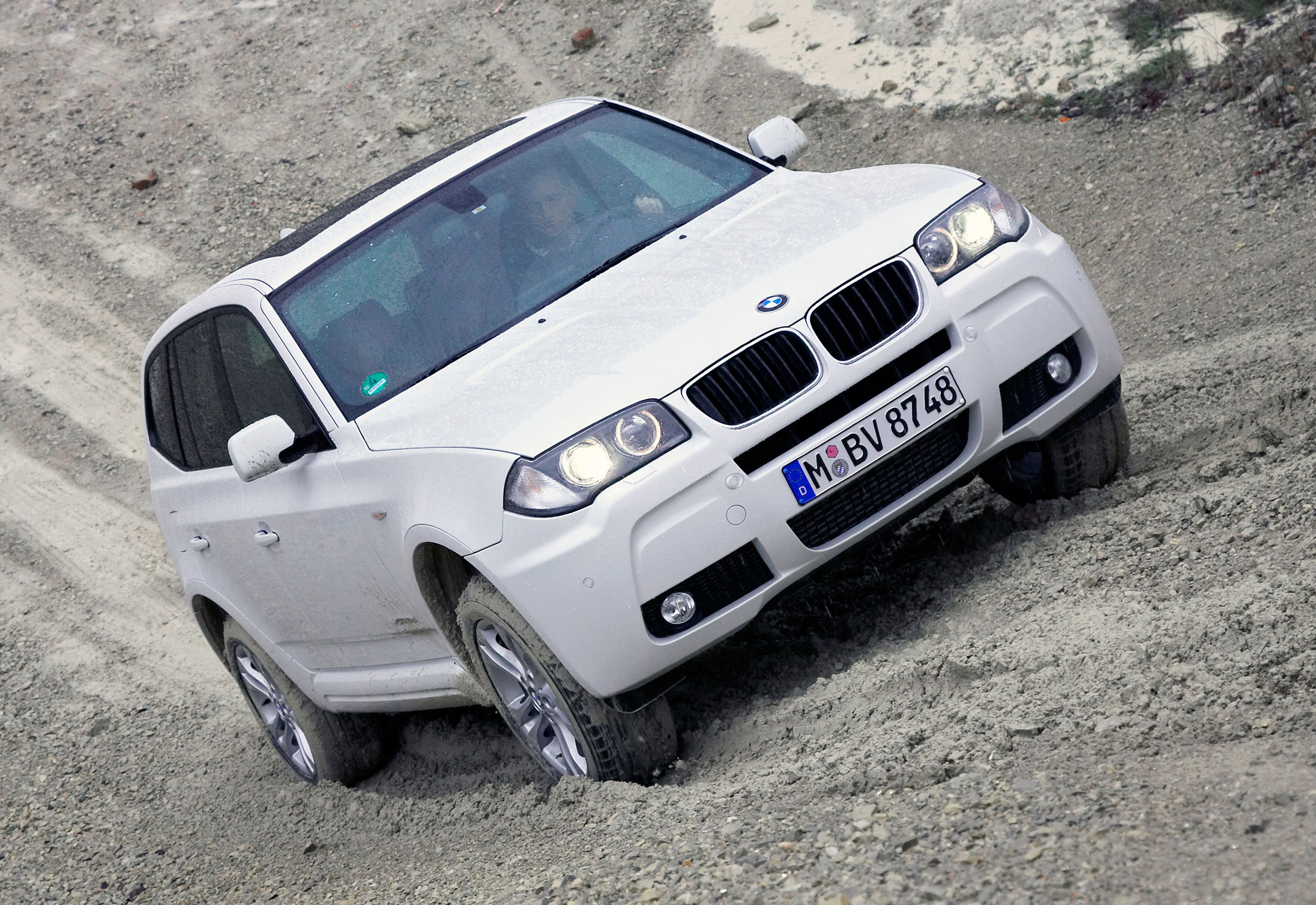
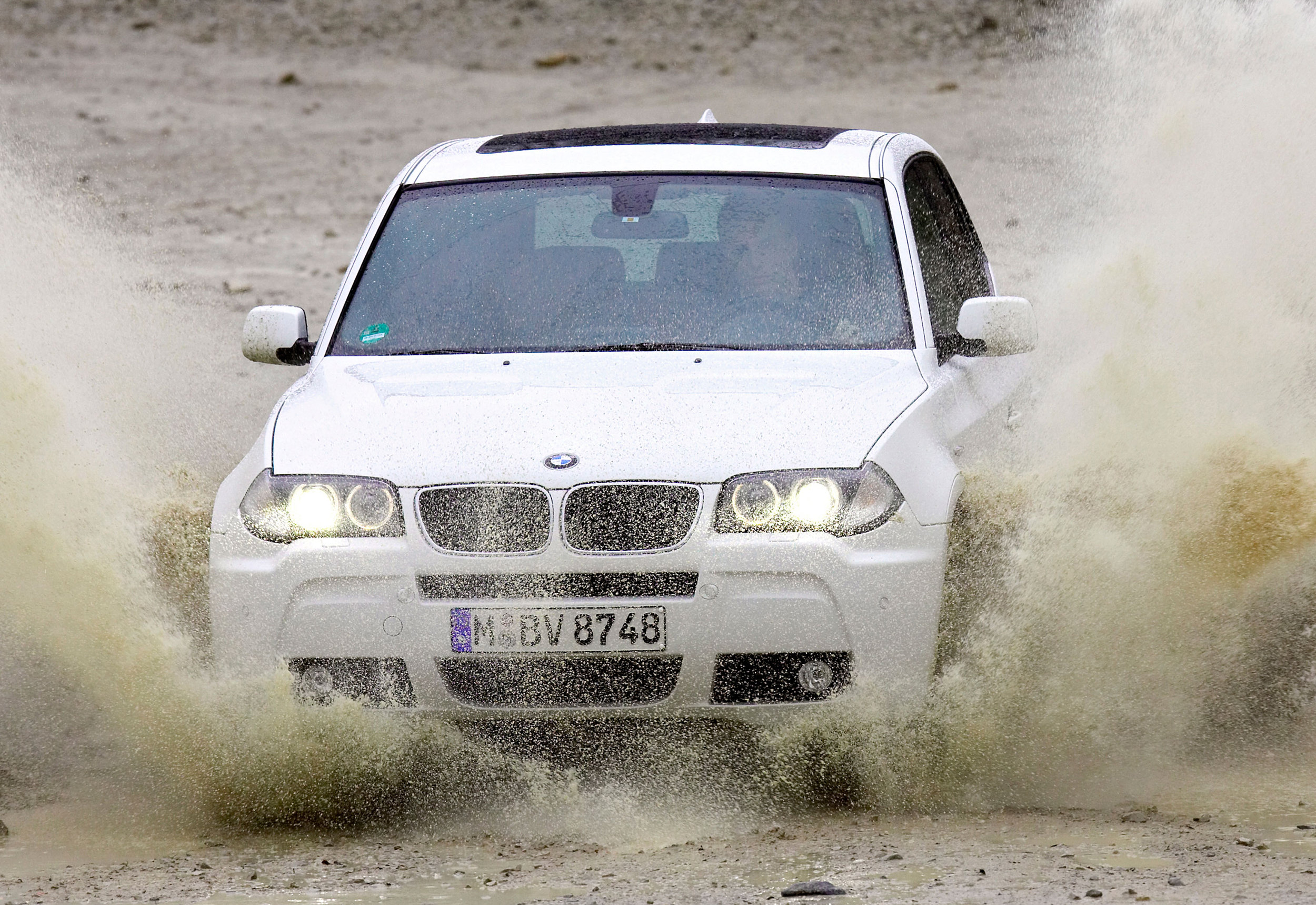
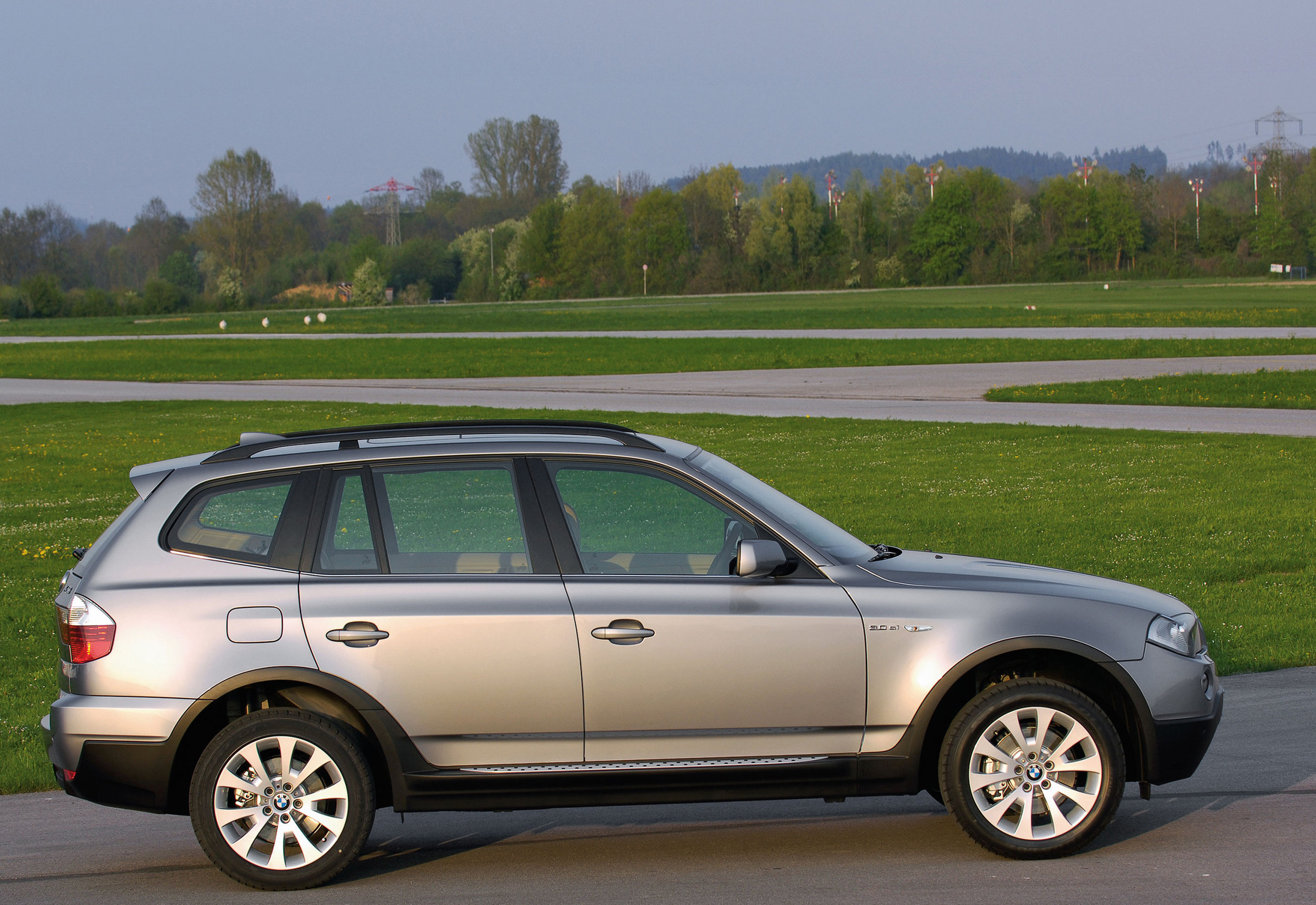


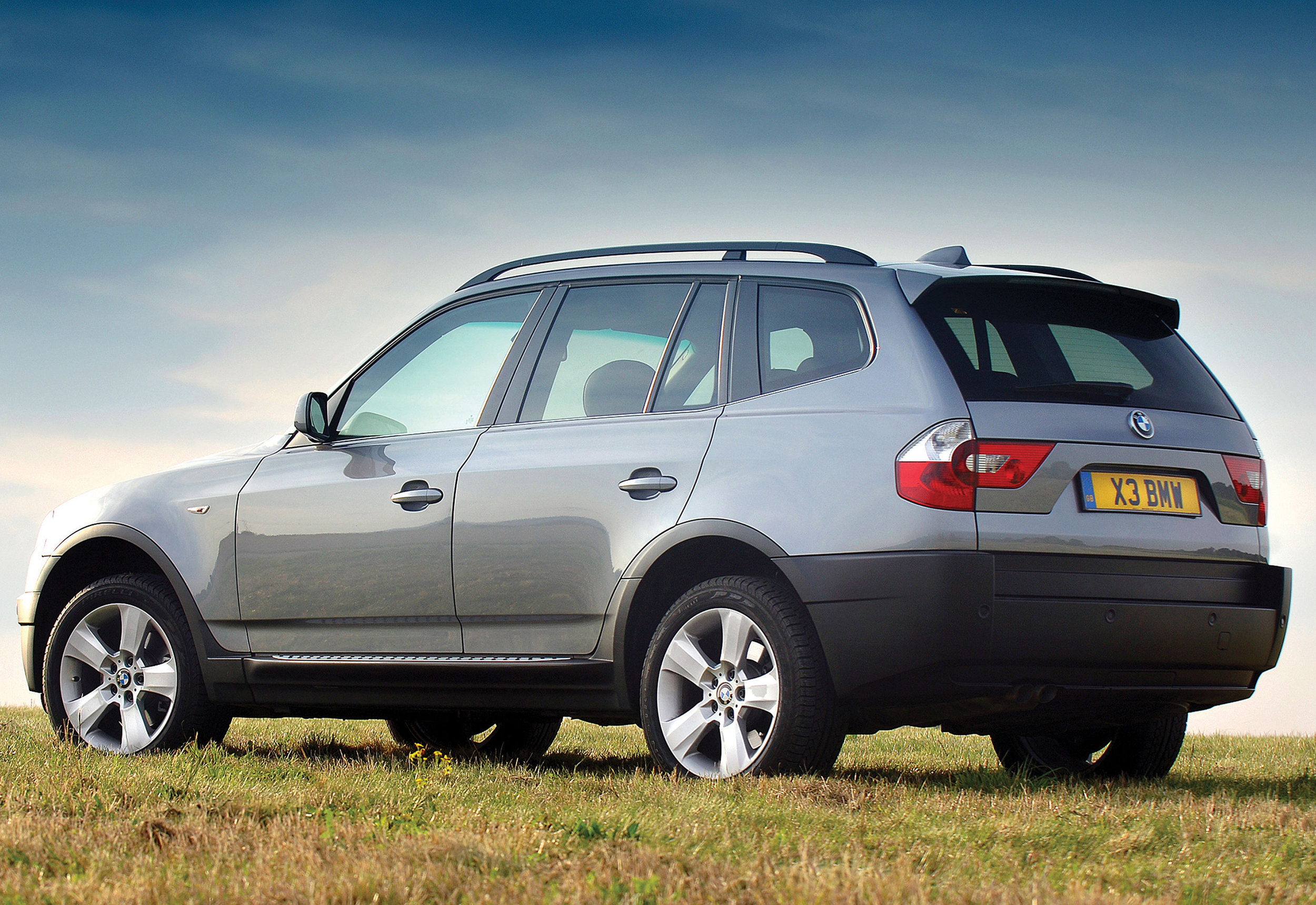
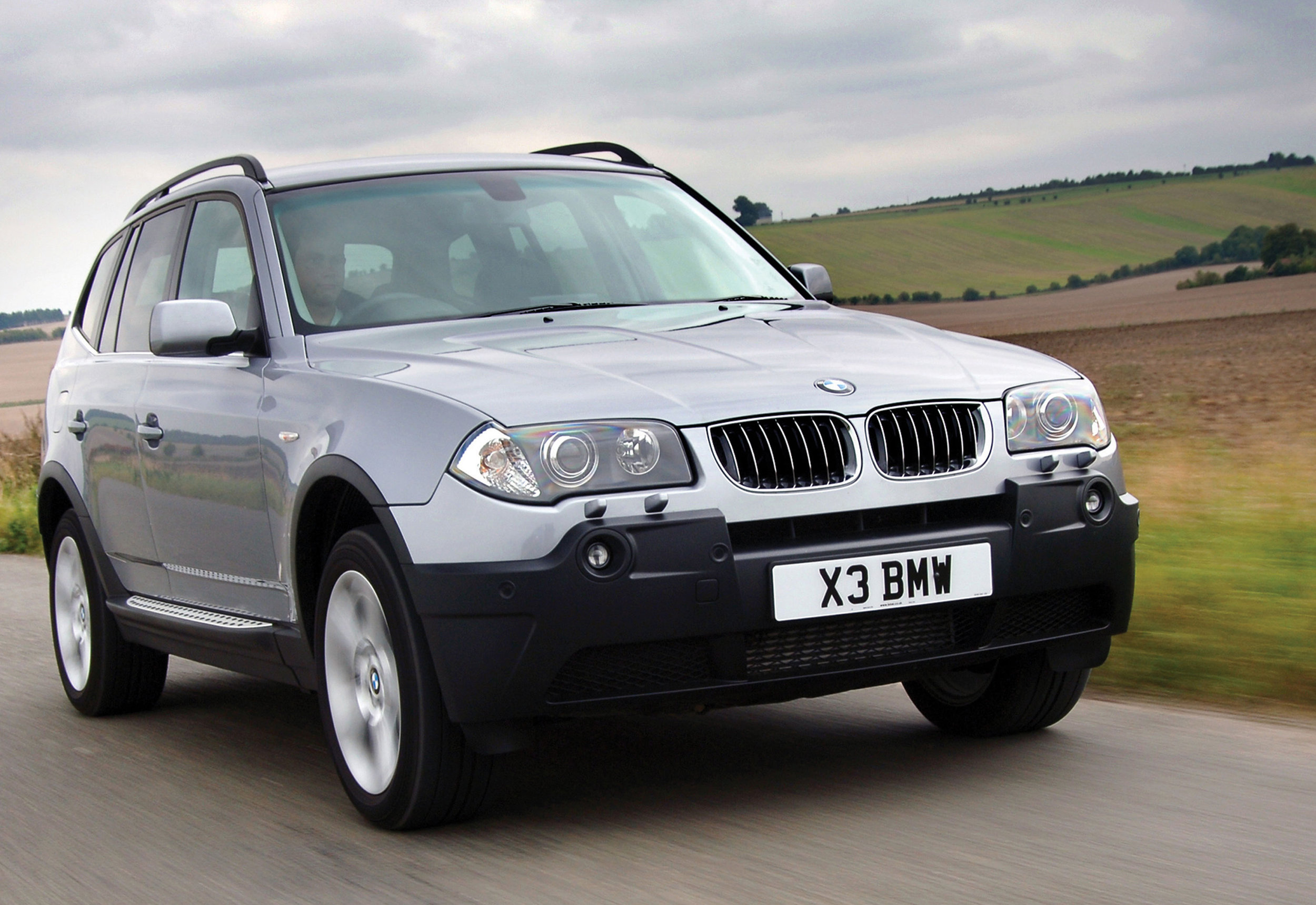
Car buyers love premium brands, and they love compact SUVs too – combine the two and you’ve got a sure-fire recipe for success. That’s what BMW found when it launched its original X3 in 2004. The looks may have been a bit awkward and professional reviewers had reservations, but the X3 proved a success for BMW, with owners generally loving them – and it’s easy to see why. Offering almost as much of everything as its bigger brother the X5, but in a smaller, more usable package, the X3 provides performance with efficiency, and it’s a great car to drive too. X3s with black plastic bumpers have a downmarket feel, but facelifted models have a higher-quality interior and body-coloured bumpers. Buy one of these and you’ll feel as though you’re in a BMW rather than a budget SUV.
Key dates
3/04: The X3 debuts, with 2.5 or 3.0-litre petrol engines.
1/05: 2.0 and 3.0-litre turbodiesel units arrive.
9/05: A 2.0-litre petrol engine appears, along with M Sport trim.
8/06: A facelift brings a new grille plus fresh bumpers front and rear. The 2.0-litre petrol engine dies, the 2.5 and 3.0-litre petrol units get extra power and a twin-turbo 3.0 diesel also appears, the 3.0sd.
7/08: New badging means all X3s carry an ‘xDrive’ tag, the 2.5i becoming the xDrive 25i and the 2.0d being renamed xDrive 20d for example.
Checklist
- All X3s have a firm ride, but cars with sports suspension (M Sports) are even less forgiving.
- The 2.0d can suffer from deposits in the fuel system; regular use of an additive can help prevent this.
- The brushed aluminium roof rails can corrode, especially if a roof box has been clamped to them, damaging the coating.
- The parking sensors can be temperamental, although not all cars are fitted with these.
- Make sure the rear window washer works, as it can come apart under the cabin carpet, leading to floods and a big bill.
- The SE got cloth trim as standard, but some option packs brought leather. Cars with leather stain less easily and are easier to sell.
We like
- Driving experience
- Strong image
- Spacious cabin
- Efficient engines
- Build quality
- Reliability
- Capacious boot
We don’t like
- Low-rent early cars
- High purchase prices
- Firm ride of some models
Richard Dredge

